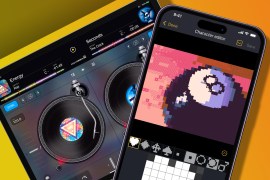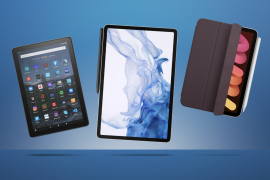Every Apple iPhone ranked in order of greatness
What is the best iPhone ever and how do the rest of the iPhone generations rank?
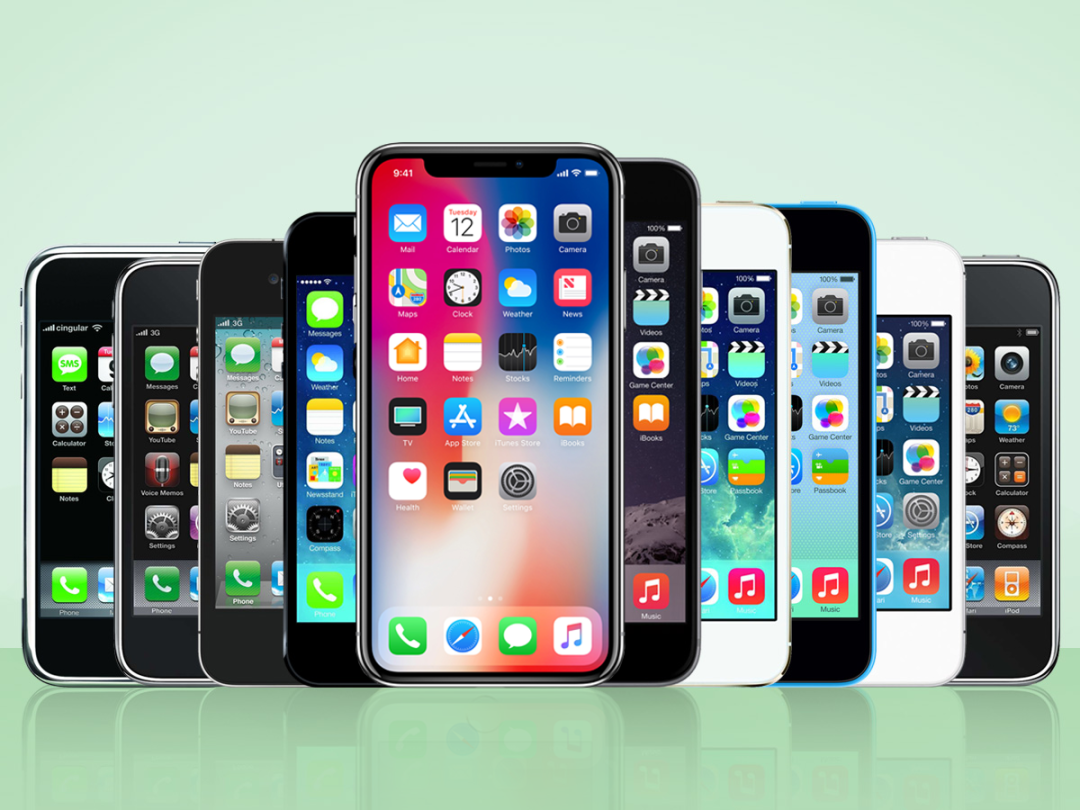
Apple knows how to make fantastic phones, that’s for sure. But which is Apple’s best phone of all time, and how do you compare the different generations of Apple’s cellphones? That’s where this list ranking every Apple iPhone in order of greatness comes in.
If I merely lined up the distinct models in order of technical excellence, then the list would end up just being a chronological affair from the 2007 original to the newest… with the possible exception of the odd iPhone 5C or SE. No, what’s needed here is context. Many of these phones have been game-changers in their time, ushering in hardware advancements, new ways of interacting with gadgets, and software additions that became indispensable.
The original is still an icon, and it paved the way for every following iPhone launched right up to the latest iPhone 16 with a much-upgraded camera and the new Camera Control. The Pro models got bigger, too.
With that in mind, we’ve considered each particular iPhone’s impact and influence, the quality of competition and any major flaws, in addition to obvious factors such as form and function. So, on with the show… every iPhone ranked!
38. iPhone 5c
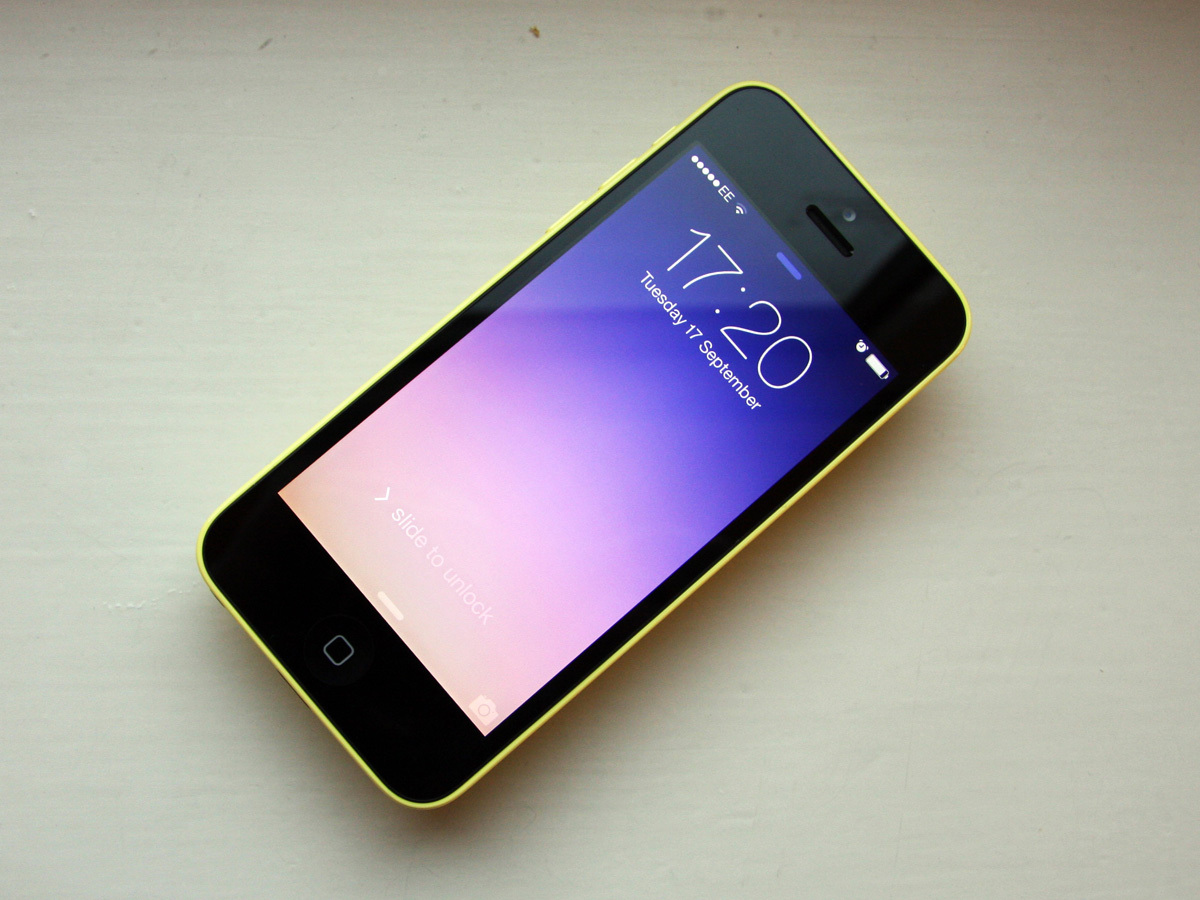
- Released: 2013
- Screen resolution: 640 x 1136
- Camera resolution: 8MP
- Charging port: Lightning
- Waterproof: No
The iPhone 5 was a brilliant phone when it was released in 2012, and it was still pretty great when Apple dressed it up in plastic and knocked a chunk off the price in 2013. And those colours! Whether or not you liked them, you have to admit they were daring (or utterly mad) picks by Apple.
But as the only iPhone ever released to date specifically to be a ‘lesser than’ model, it was hard to drum up too much enthusiasm for its release. It was a year-old iPhone housed in cheaper materials to save a chunk of change, yet it was still a pricey Apple device. If it was your first iPhone, the 5c was probably still one heck of an introduction. But for the rest of us, it just couldn’t stack up.
Read More › Apple iPhone 5c review
37. iPhone 4s
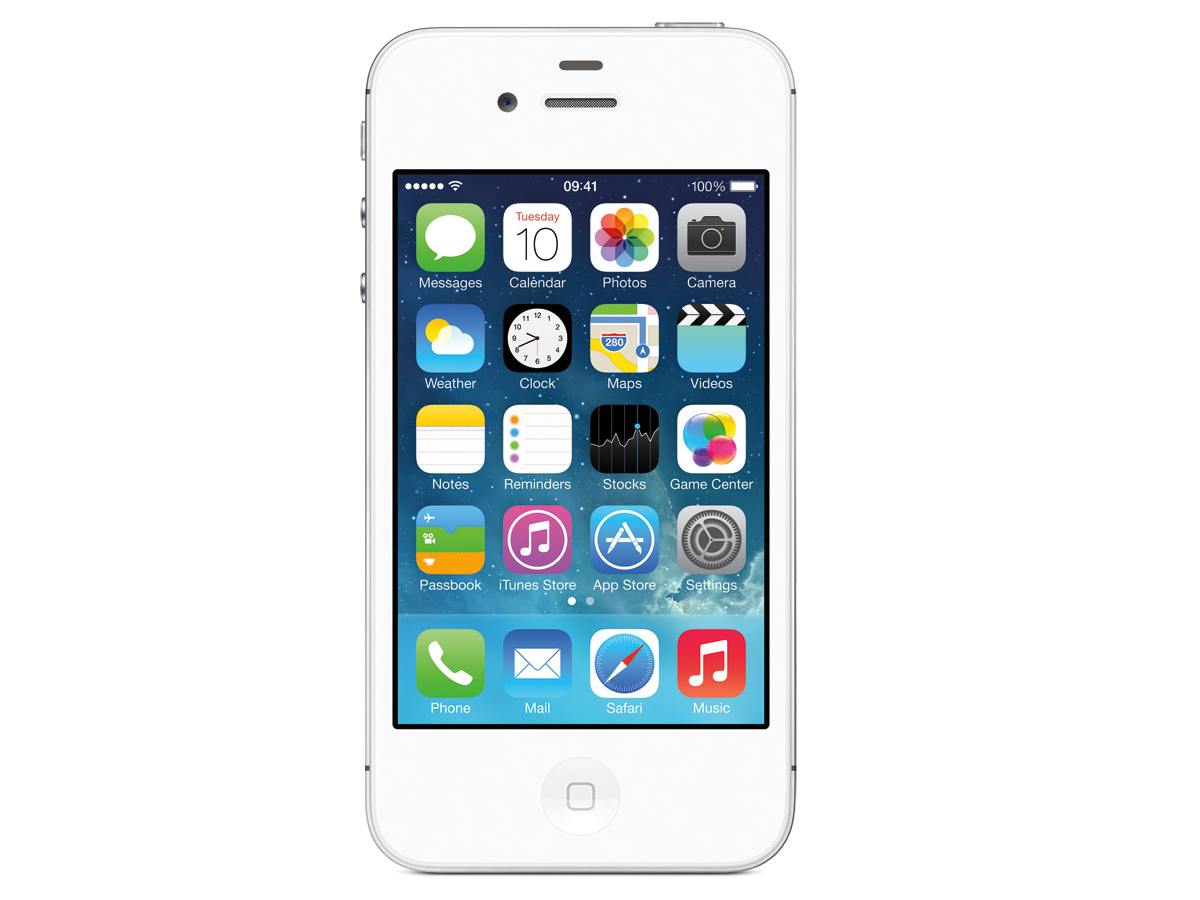
- Released: 2011
- Screen resolution: 640 x 960
- Camera resolution: 8MP
- Charging port: 30-pin
- Waterproof: No
Here’s an ‘S’ upgrade that was very nice at the time, but ultimately not as critical in the grand scheme of things. The iPhone 4s built upon the revolutionary design and Retina display of the original iPhone 4, with enhancements to the camera and graphics capabilities. And the revised antenna design avoided the issues some encountered on the iPhone 4.
But the biggest feature addition was that of voice assistant Siri, which… let’s face it, didn’t end up being as useful as it initially seemed. Still, we have to give the 4s props for one thing: longevity. It even received the iOS 9 upgrade back in 2015, four years after its initial release, making it the first iPhone to stay active for that long.
Also Read › Apple iPhone 4S review
36. iPhone 3GS
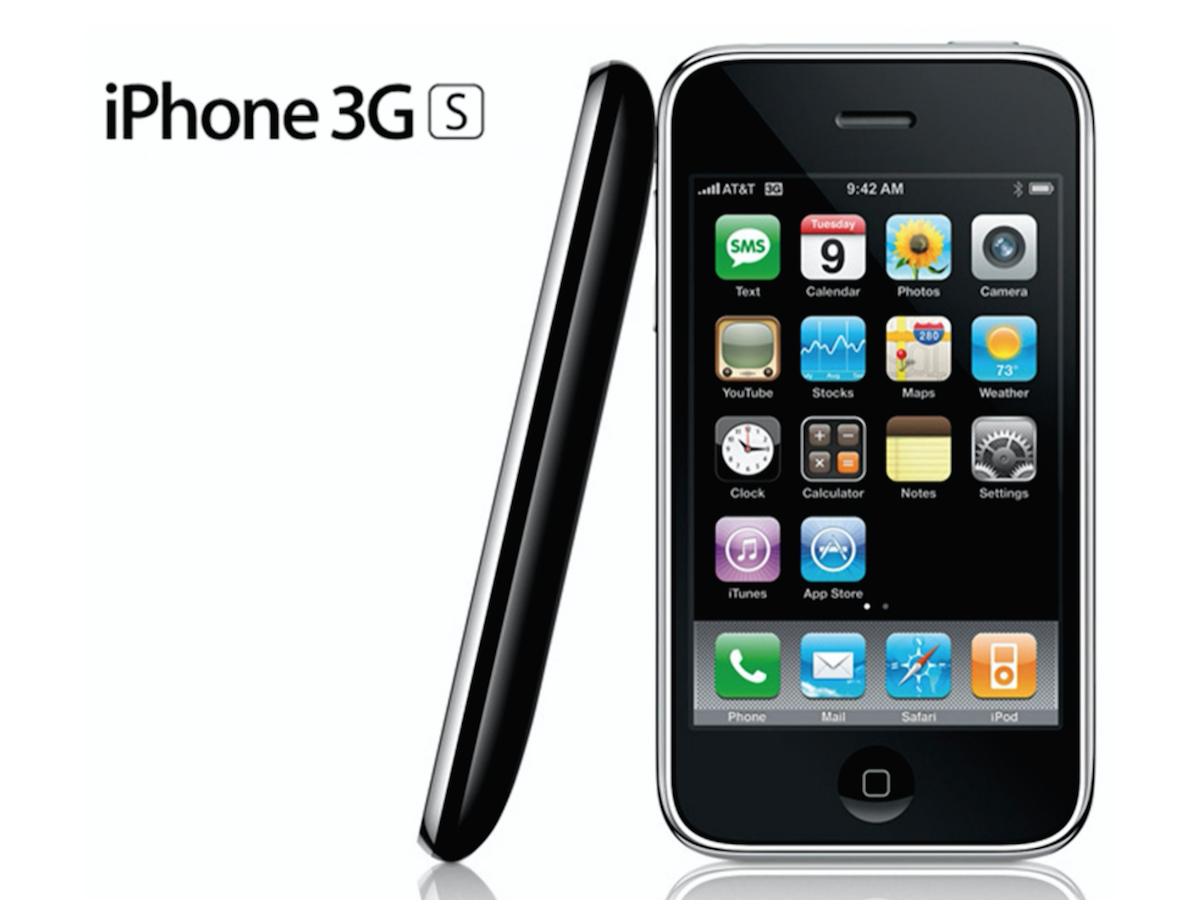
- Released: 2009
- Screen resolution: 480 x 320
- Camera resolution: 3MP
- Charging port: 30-pin
- Waterproof: No
When the iPhone 3GS launched in 2009, it was certainly a notable enhancement over the prior iPhone 3G. The ‘S’ stood for speed, and it was surely felt: the 3GS ran upwards of twice as fast as its sluggish predecessor, plus it added a better camera – with video capabilities! – along with voice control.
But in the historical context of core iPhone upgrades, it feels like one of the least consequential of the bunch. It doesn’t help that it’s sandwiched by the upgrade to 3G data on one end and the iPhone 4’s beautiful design and Retina display on the other. If you got the 3GS, you surely appreciated the upgrade. If you didn’t, well, you didn’t miss that much.
Also Read › Apple iPhone 3GS review
35. iPhone 8
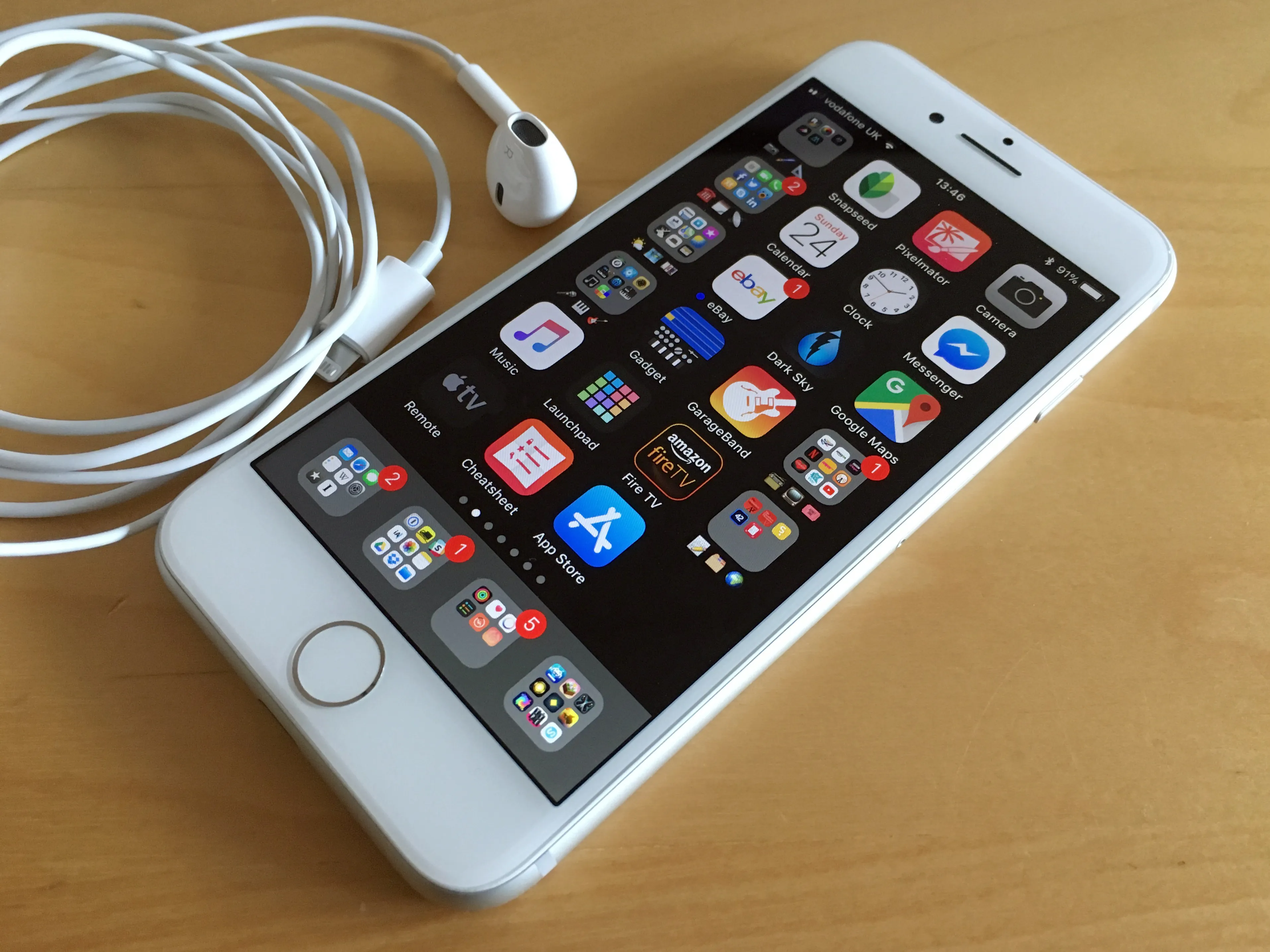
- Released: 2017
- Screen resolution: 750 x 1334
- Camera resolution: 12MP
- Charging port: Lightning
- Waterproof: IP67
For the fourth year in a row, Apple’s core 4.7in iPhone opted for incremental enhancements… making the iPhone 8 yet another great everyday phone, albeit one that felt more dated than ever.
The just-better-than-720p display still seemed simply adequate and hardly enough on an expensive phone. The back camera was very good, but not as impressive as that of the Plus model. And the addition of glass backing and wireless charging were nice-to-haves, but hardly ushered in the great design overhaul that we had been longing for after a few mostly identical entries.
Apple still sold a bunch of them and satisfied a lot of users, but the company clearly set its ambitions higher with even pricier handsets – the iPhone 8 Plus and the iPhone X. The core iPhone, once the crown jewel of the smartphone world, couldn’t help but underwhelm even as it mostly impressed.
Also Read › Apple iPhone 8 review
34. iPhone 5s
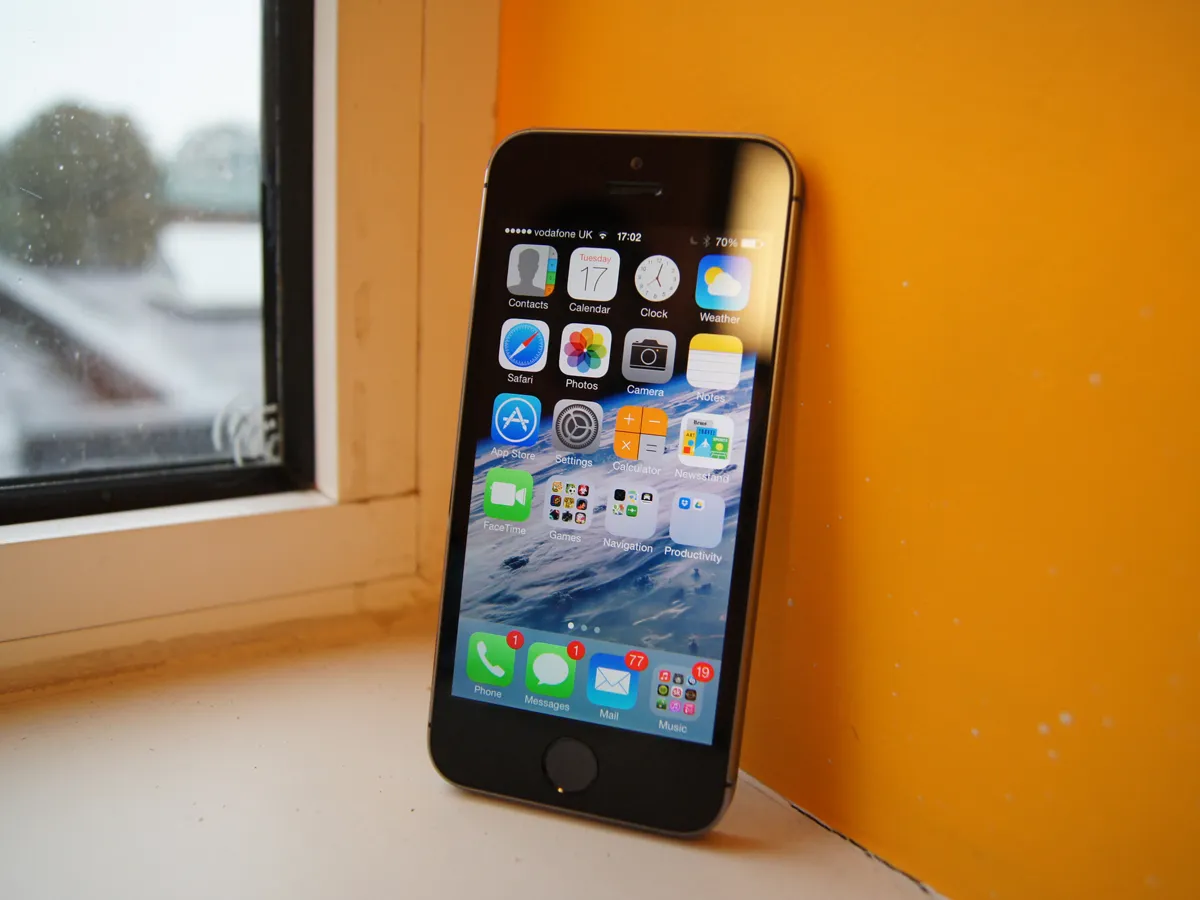
- Released: 2013
- Screen resolution: 640 x 1136
- Camera resolution: 8MP
- Charging port: Lightning
- Waterproof: No
Whereas the iPhone 5c took the iPhone 5 and made it feel cheaper, the iPhone 5s started from that same device and made it markedly better. The Touch ID sensor was the most obvious perk, offering innovative security functionality that worked startlingly well (even if not perfectly), but the upgrade to a 64-bit processor also allowed for glossier game and app experiences.
That said, the iPhone 5s launched at a time when Android makers were pushing into phones with much larger, sharper screens, and Apple’s phone couldn’t help but seem a little dinky by comparison. It was still a great device; it just about is still a great device today, in fact. But after the brilliant iPhone 5, the 5s couldn’t help but seem a little too familiar.
Read More › Apple iPhone 5s review
33. iPhone 6s Plus
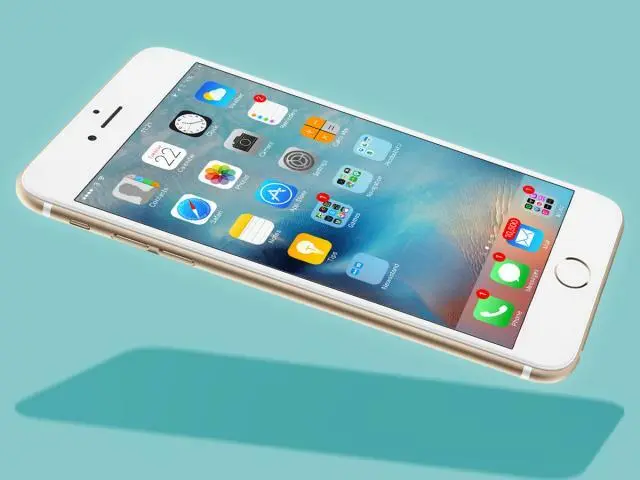
- Released: 2015
- Screen resolution: 1920 x 1080
- Camera resolution: 12MP
- Charging port: Lightning
- Waterproof: No
Like the iPhone 6s elsewhere in this list, the 6s Plus didn’t bring massive changes over its predecessor. Still, it offered the complete iPhone experience, including a 3D Touch screen and super-fast fingerprint scanner.
It also had the bonus of optical image stabilisation for its camera, which resulted in better low light shots and more stable video recording – something which the iPhone 6s lacked. Its battery life was also impressive, and had us reaching for the charger less often than any other iPhone before it. It was still bloomin’ massive though, and didn’t yet bring a game-changing upgrade like the iPhone 7 Plus would ultimately provide…
Read more › iPhone 6s Plus review
32. iPhone 7
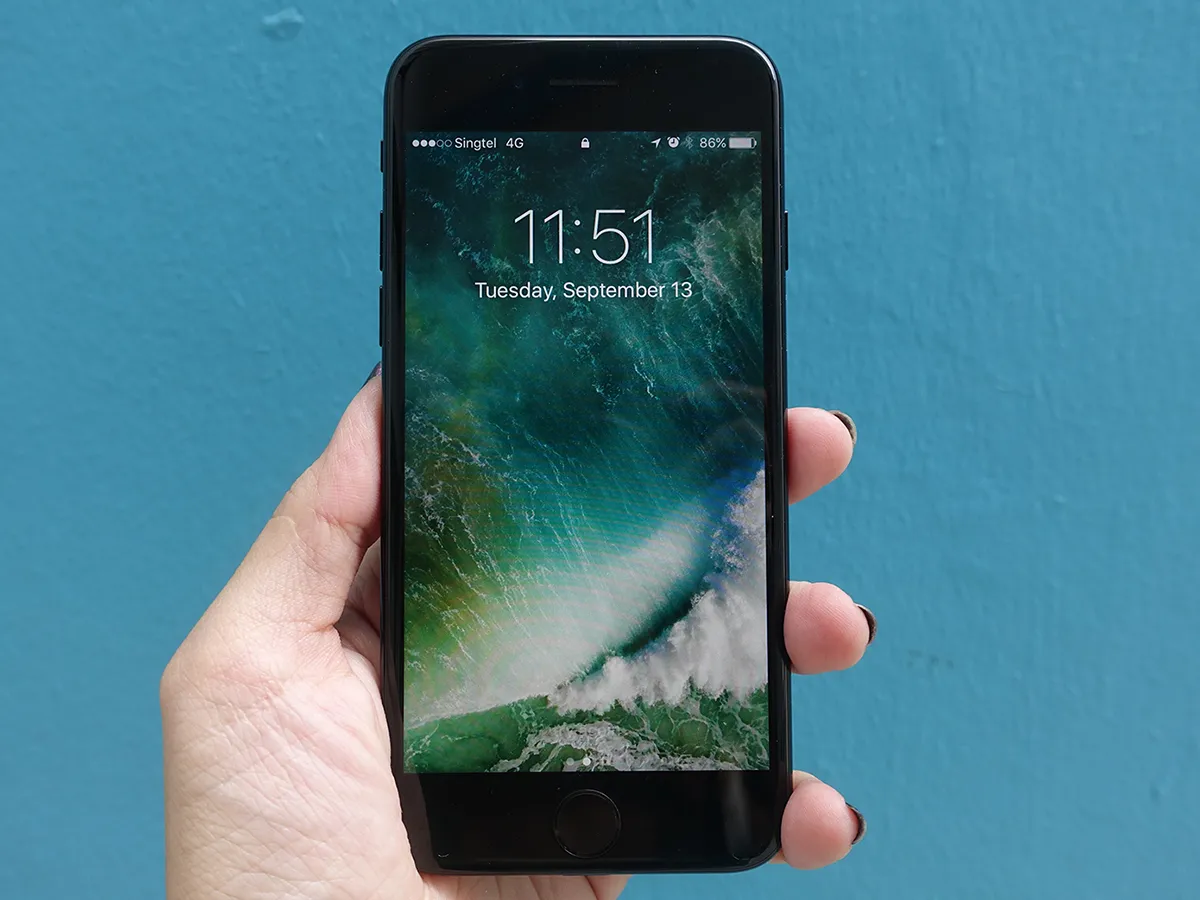
- Released: 2016
- Screen resolution: 750 x 1334
- Camera resolution: 12MP
- Charging port: Lightning
- Waterproof: IP67
Before its release, rumours abounded that Apple was going to wave goodbye to the humble headphone port on the iPhone 7 – which is exactly what happened. Besides a few heckling headlines, though, did it make much difference? Well, apart from needing a pesky peripheral to use standard jack-equipped ‘phones, the rest was business as usual.
Sure, the iPhone 7 saw a raft of upgrades and it’s still a fabulous smartphone – but much of that was about building on what had gone before.
The screen was improved, the home button refined and the range of finishes expanded – not to mention the 7’s quicker chip and longer battery life – but it’s definitely a case of refinement over revolution. We still gave it five stars, mind.
31. iPhone 6s
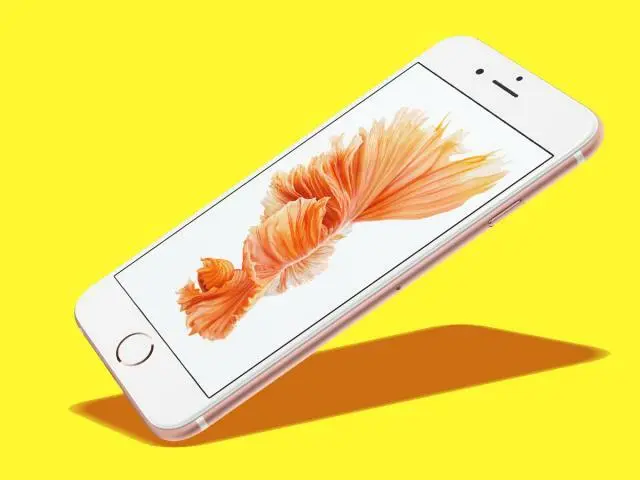
- Released: 2015
- Screen resolution: 750 x 1334
- Camera resolution: 12MP
- Charging port: Lightning
- Waterproof: No
The term ‘evolution not revolution’ is thrown around almost as often as the over-used ‘Keep calm and…’ message, but – as with the 7 – it applied well to the iPhone 6s (and its larger 6s Plus brother).
Apple’s 2015 flagship looked almost identical to its predecessors which, granted, was no bad thing, given how sleek and handsome it was. The main changes were hidden beneath the iPhone 6s’ aluminum body, the most notable of which was Apple’s 3D touch display.
The new screen responded to pressure as well as touch, letting users playback Live Photos, resulting in Harry Potter-like moving images. Pressing harder also served up extra menu options, or opened links in a mini window instead of a proper browser. Fancy stuff, but arguably nothing that would force you to upgrade from the iPhone 6.
Read more › iPhone 6s review
30. iPhone 6 Plus
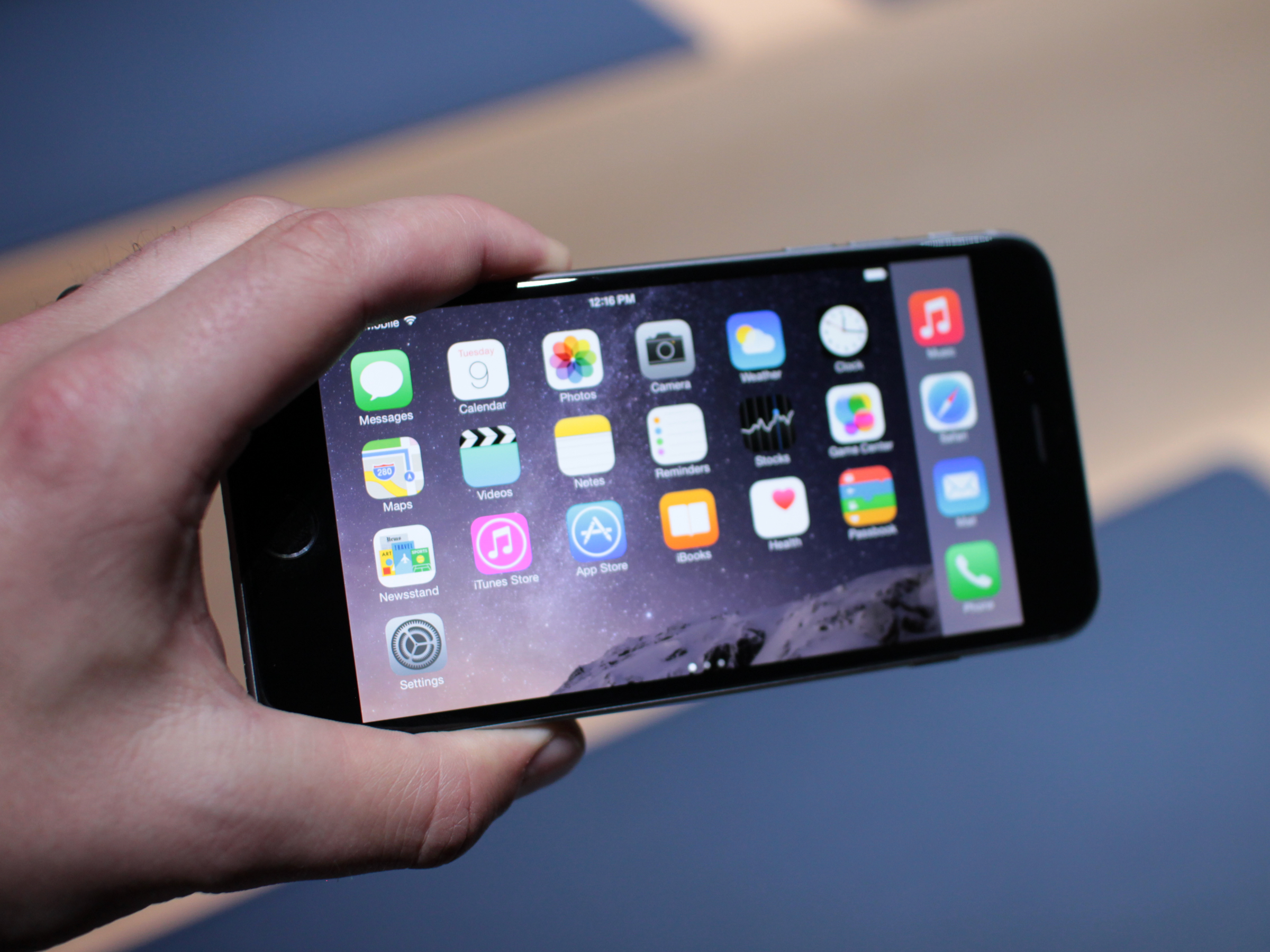
- Released: 2014
- Screen resolution: 1920 x 1080
- Camera resolution: 8MP
- Charging port: Lightning
- Waterproof: No
Steve Jobs might not have approved in his time, but Apple finally entered the phablet market when it revealed the iPhone 6 Plus. With a 5.5in display, it was a massive leap over the iPhones of yesteryear, and even a significant bump over the 4.7in screen of the standard iPhone 6.
But it was huge – even larger than some Android phones with same-sized screens. For some, it was the giant iPhone they’d always dreamed of. For others, it was just too unwieldy to handle. But one thing’s for sure: it was Apple’s most tech-packed iPhone to date, thanks to that full HD screen and the optical image stabilisation in the camera.
Read More › Apple iPhone 6 Plus review
29. iPhone 8 Plus
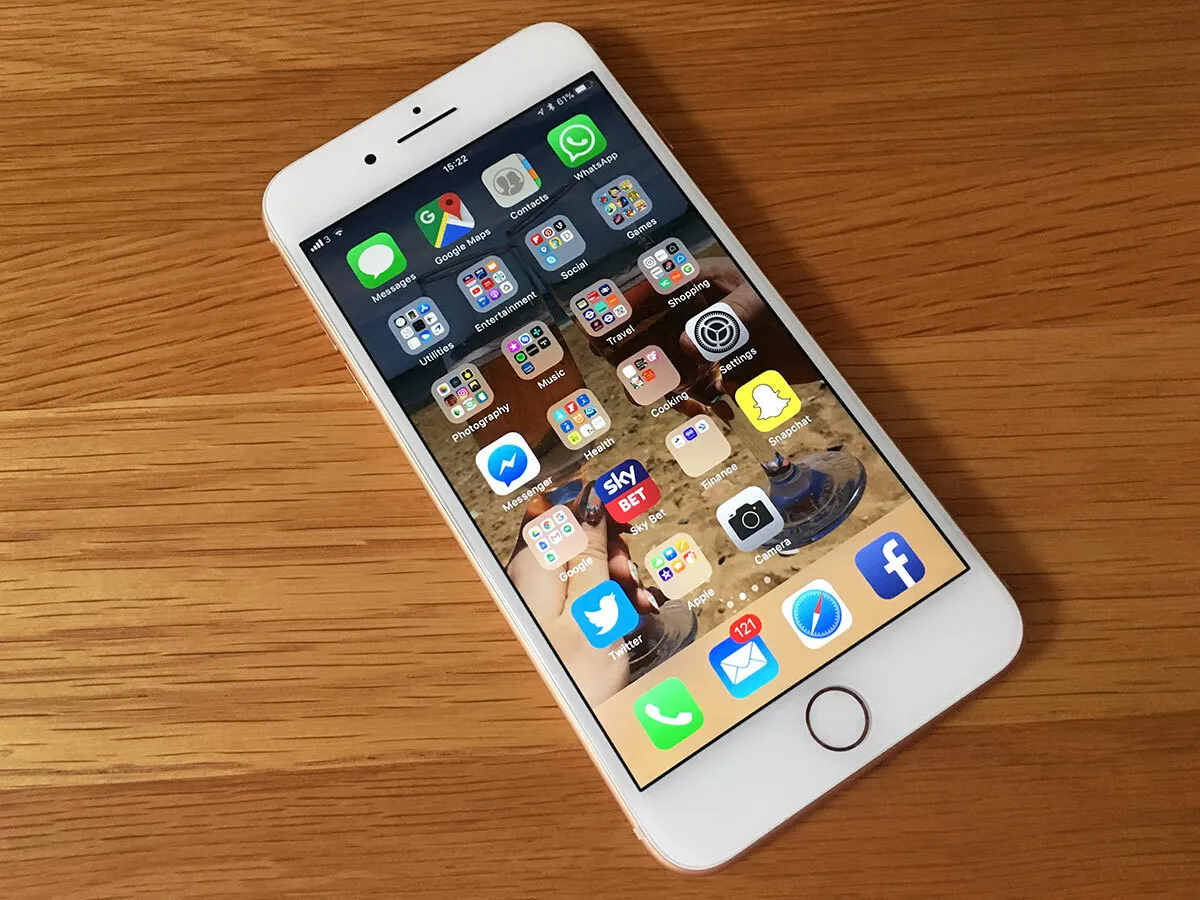
- Released: 2017
- Screen resolution: 1920 x 1080
- Camera resolution: 12MP, 12MP
- Charging port: Lightning
- Waterproof: IP67
The iPhone 7 Plus was the first of Apple’s extra-large phones to make the Plus-sized model feel like a must-have, thanks to its dual-camera upgrade. The iPhone 8 Plus continued that trend, certainly, although it didn’t have quite the same kind of brand new hook.
Sure, the dual-camera setup was better than ever thanks to Portrait mode improvements and the addition of Portrait Lighting tweaks, plus it was faster than ever and had a slightly better screen. The new glass backing and the wireless charging that came with it were the biggest new perks, but that all seemed a bit muted compared to iPhone X that released soon thereafter.
In short, it was still a brilliant iPhone, but its overall impact was diminished by an even better model released just weeks later.
Read More › Apple iPhone 8 Plus review
28. iPhone SE
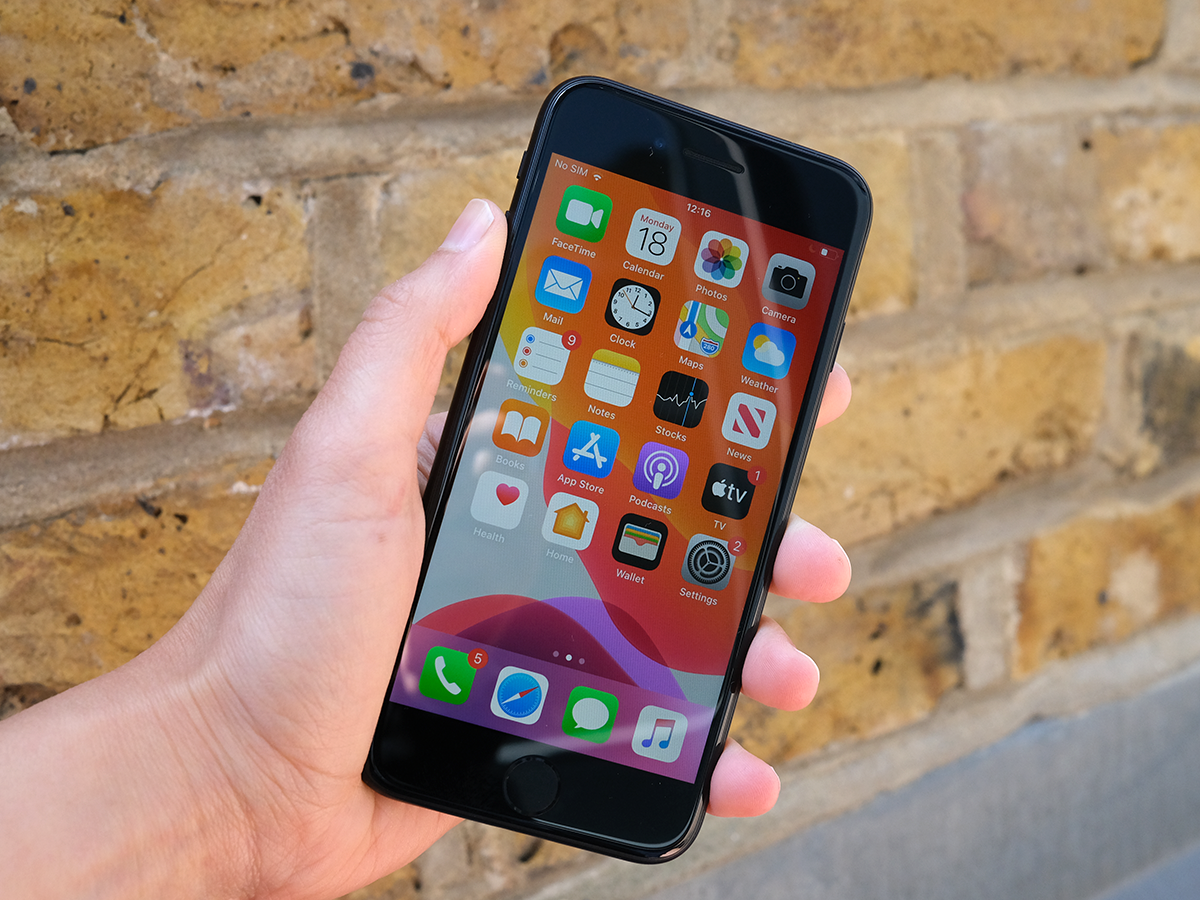
- Released: 2020
- Screen resolution: 750 x 1334
- Camera resolution: 12MP
- Charging port: Lightning
- Waterproof: IP68
While the second iPhone SE model doesn’t feel quite as impactful this time around, the immense price difference between the 2020 SE and the other current iPhone models makes it meaningful.
It’s essentially an iPhone 8 with newer tech inside, giving you the same A13 Bionic processor as the iPhone 11 line. That means it’s super speedy, plus the single back camera is still stellar. Battery life is a little weak – we expected more uptime, to be honest. But still, this new entry-level iPhone was a way for many more people to get access to the App Store and Apple’s services.
Read More › Apple iPhone SE (2020) review
27. iPhone XR
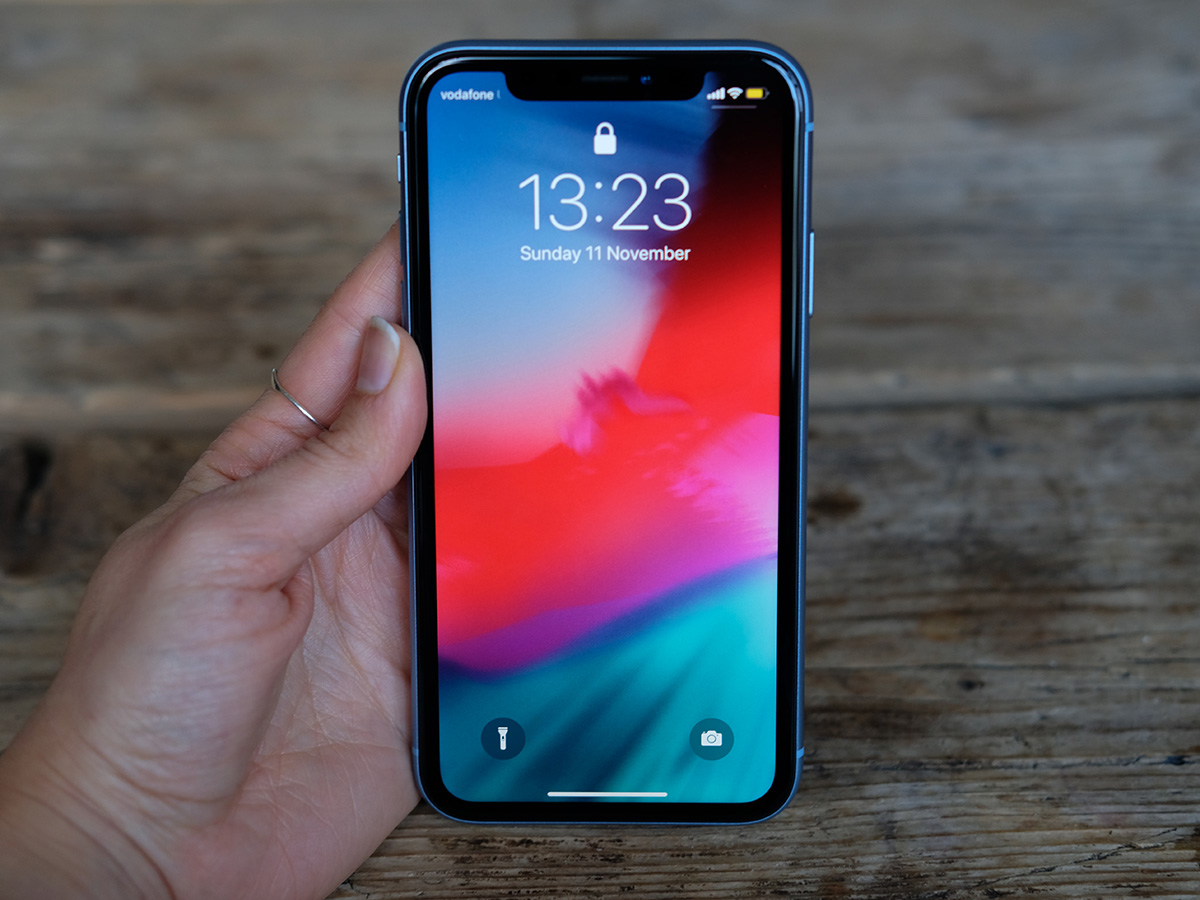
- Released: 2018
- Screen resolution: 828 x 1792
- Camera resolution: 12MP
- Charging port: Lightning
- Waterproof: IP67
When announced, the iPhone XR had more than a whiff of the iPhone 5C about it. Like the 5C, our lowest-ranked iPhone on this list, it was cheaper and more colourful, but also missing some of the higher-end perks of the mainline model, the iPhone XS. Would it be another misfire?
Nope, not at all. In fact, iPhone XR was Apple’s best ‘budget’ alternative until the iPhone SE started getting serious. The XR boasted incredible speed, a strong single main camera, wonderful color options, and the battery life was the best of any iPhone upon release.
Yes, the lower-resolution screen and thicker bezels lose some of that high-end allure, and one camera isn’t as versatile as two. But you still got a slick, modern iPhone for a whole lot less than the iPhone XS it sat under.
Read More › Apple iPhone XR review
26. iPhone SE
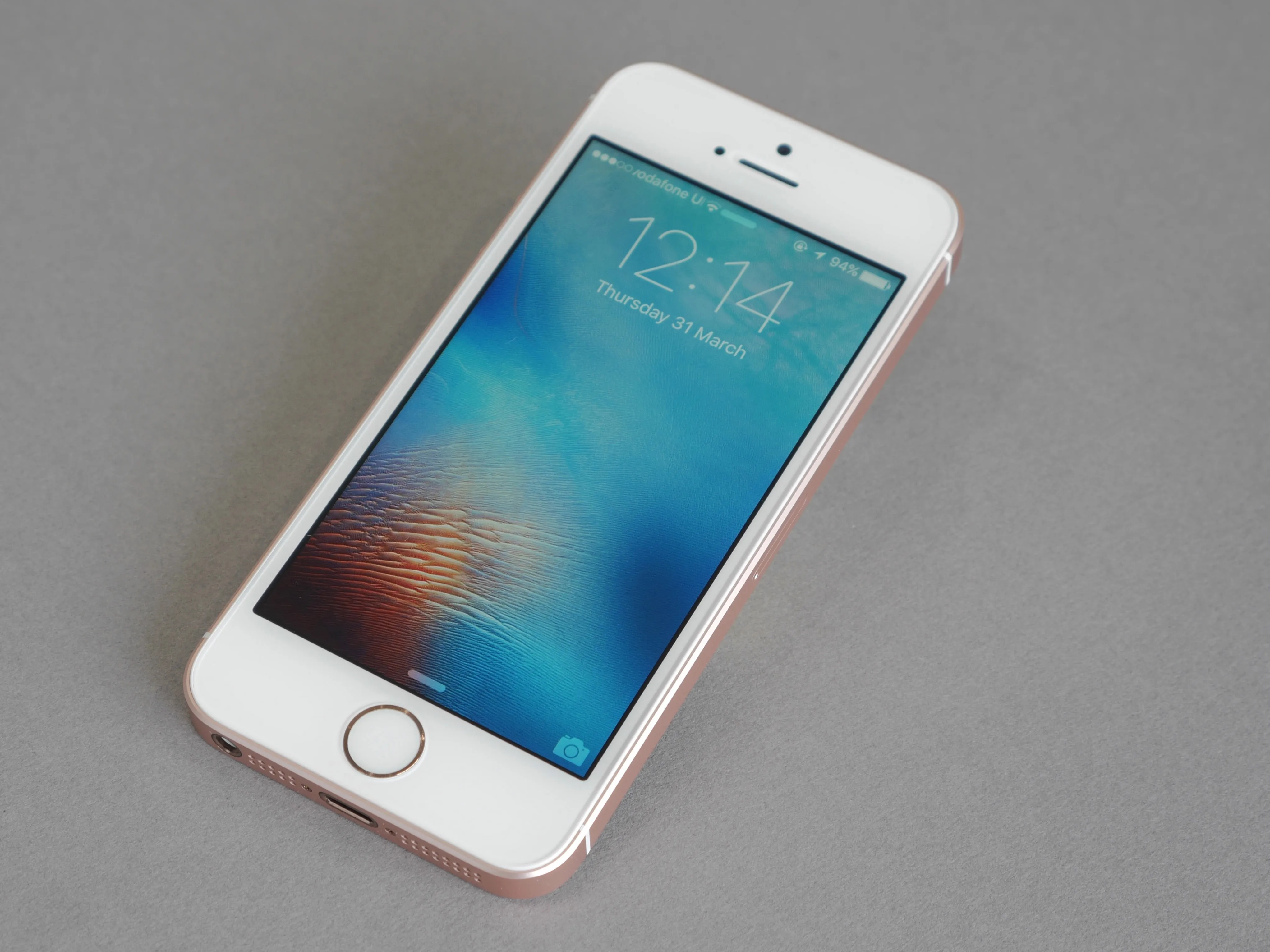
- Released: 2016
- Screen resolution: 640 x 1136
- Camera resolution: 12MP
- Charging port: Lightning
- Waterproof: No
A stellar return to a form factor that many feel Apple should never have said goodbye to, the iPhone SE gloriously celebrated the 4in screen.
The combination of a palm-friendly design with up-to-date innards and a very decent – for Apple – price together served to rejuvinate the compact iPhone concept. It looked as pretty as the iPhone 5 ever did and proved – in the face of the 5C – that Apple did know how to develop its brand beyond a ‘one big, one small’ approach.
Sure, it lacked the 3D Touch that was introduced with the iPhone 6s, while its design barely differed from that of the iPhone 5, but as an affordable option for those looking to balance high specs with pocket space, it was unbeatable. Still is. Well, unless you move across to Android of course.
25. iPhone XS
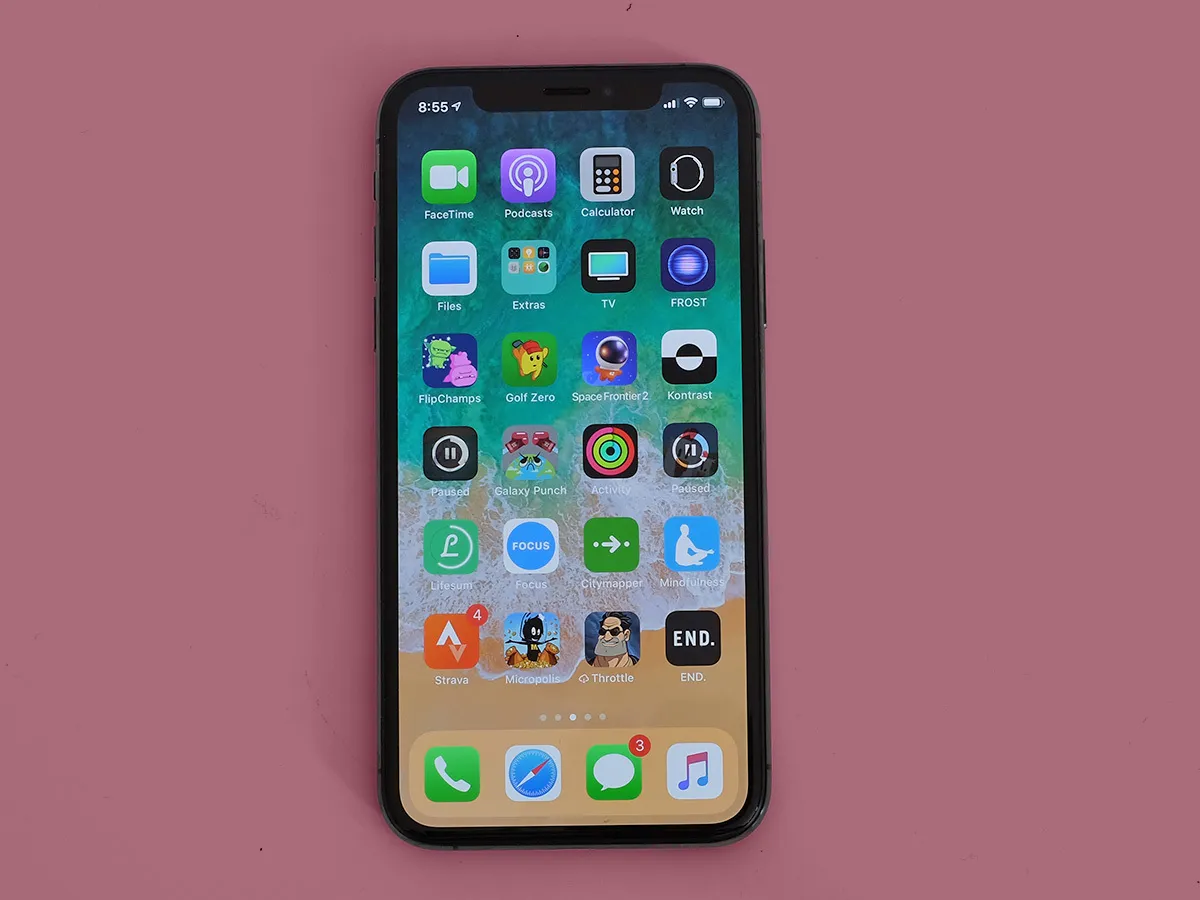
- Released: 2017
- Screen resolution: 1242 x 2688
- Camera resolution: 12MP, 12MP
- Charging port: Lightning
- Waterproof: IP68
The previous year’s iPhone X brought the mind-blowing reinvention that we’d waited years for, delivering a dazzling edge-to-edge screen that made Apple seem like a true smartphone innovator again. And the iPhone XS… well, it’s more of that.
Admittedly, the iPhone X was a hard act to follow. More importantly, aside from the eye-popping price, it was a phone without significant issues. The iPhone XS lacks any truly revolutionary additions, but it brings major enhancements all the same.
The dual-camera module sees a sizable upgrade thanks to the larger sensor and Smart HDR functionality, which captures multiple shots and merges them together to deliver more dynamic range, and the differences are clear.
Add in a wider colour gamut on the 5.8in OLED display and the immensely powerful A12 Bionic chip, and Apple truly improved upon greatness. It’s just not particularly innovative, that’s all.
Read More › Apple iPhone XS review
24. iPhone XS Max
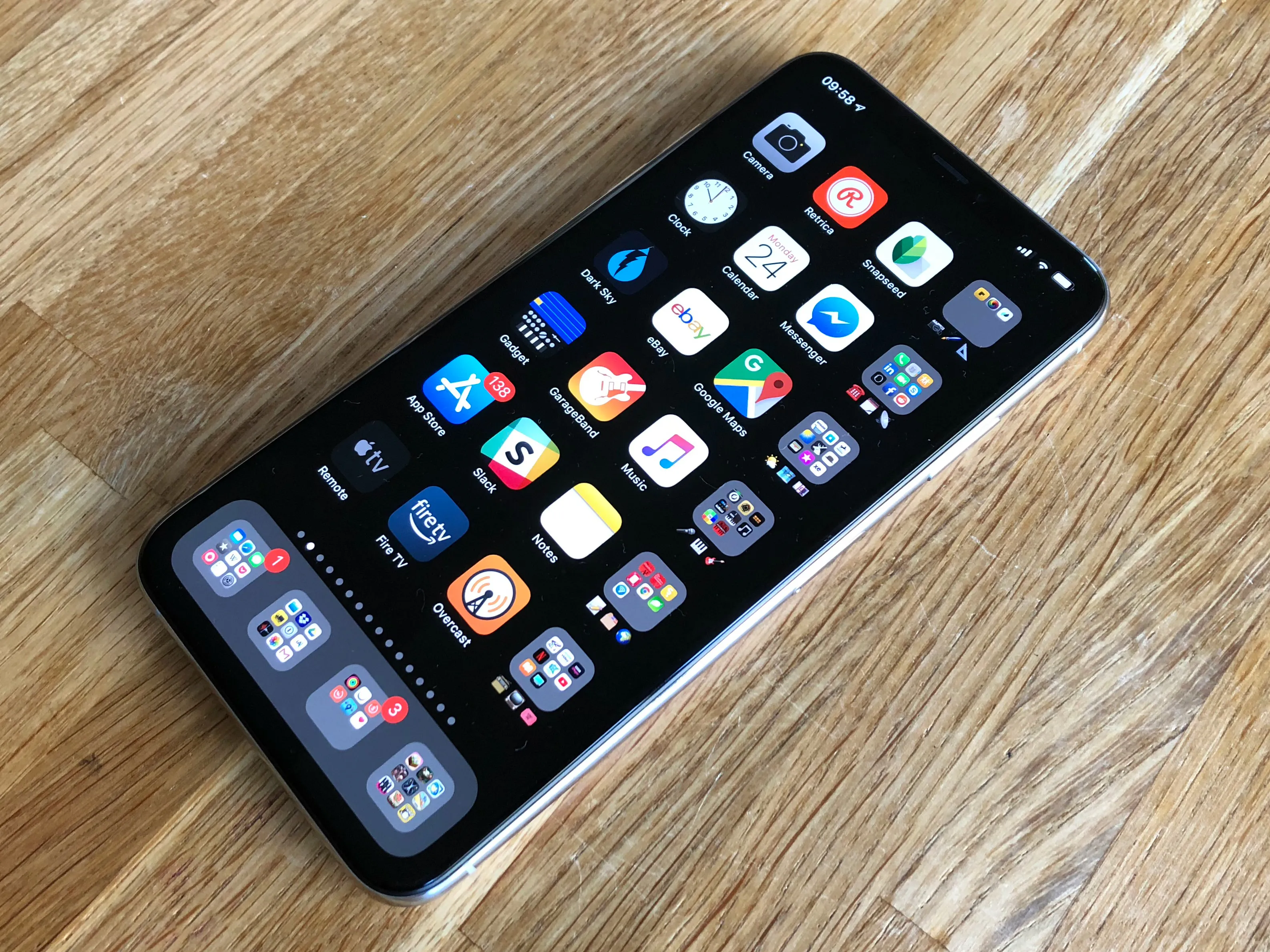
- Released: 2018
- Screen resolution: 1242 x 2688
- Camera resolution: 12MP, 12MP
- Charging port: Lightning
- Waterproof: IP68
Unlike the iPhone 8 and iPhone 8 Plus, along with the three numbered editions before that, the iPhone XS and iPhone XS Max mostly lack significant differentiators beyond size and price. Both have the same hardware within, the same camera setups, and the same pixels-per-inch count despite the different resolution specs to accommodate for size.
But if you can handle losing some of the one-handed ease of use, that stunning screen 6.5in OLED screen is well worth the extra size and cash. It’s fabulous, and the edge-to-edge design only makes the effect even greater.
Add in a smidge more battery life than the iPhone XS and this is the current model we’d recommend most – again, if you can handle the immense size and don’t mind the added cost.
Read More › Apple iPhone XS Max review
23. iPhone 14, Plus and 14 Pro and Pro Max
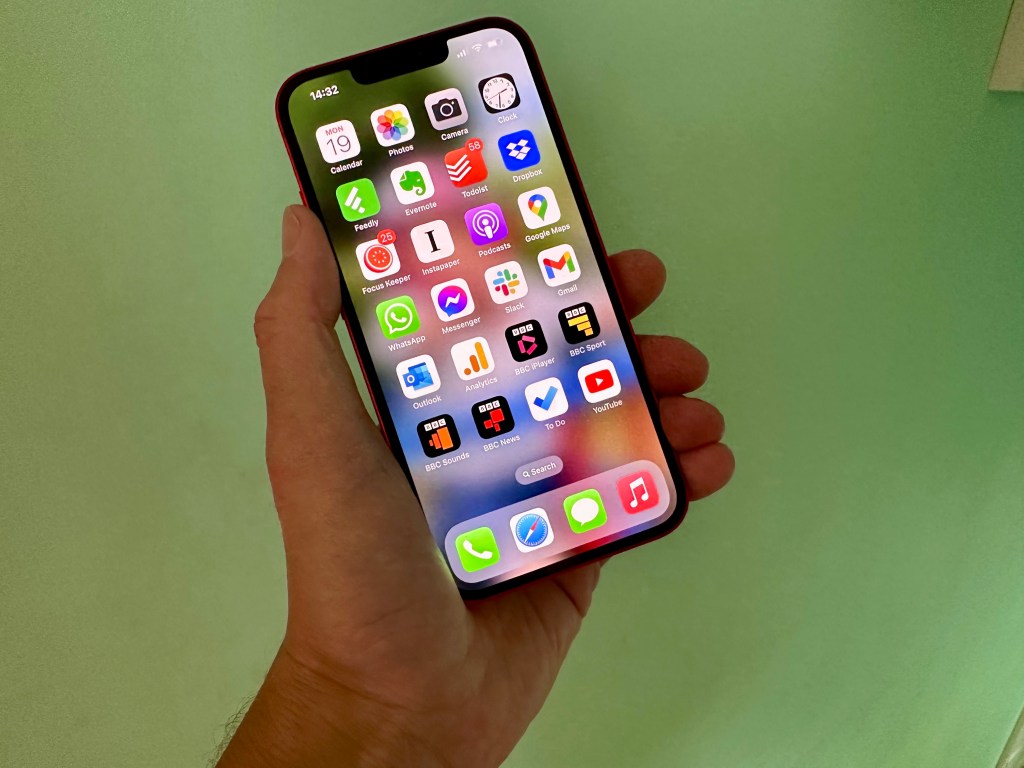
- Released: 2022
- Screen resolution: 1170 x 2532, 1284 x 2778, 1920 x 2796
- Camera resolution: 12MP, 12MP (and 48MP on the Max)
- Charging port: Lightning
- Waterproof: IP68
We’ve lumped these four phones all in together here for a reason: we’d say the same thing about them all. The iPhone 14 family is great but they’re just not very exciting, especially in the light of what the iPhone 15 series has brought to the range. In our review, we called the iPhone 14 ‘an iPhone 13S in all but name’. That’s not to say the iPhone 14 isn’t packed full of features, a fun camera and a small but welcome battery size increase.
But where the iPhone 14 loses points is in its relatively few updates on previous models, and buyers may want to consider other phones in the range before taking the plunge on an iPhone 14. It still remains a superb smartphone, but feels like a safe release when Apple could have innovated.
The Pro models replaced the notch with the dynamic island that would influence the iPhone 15, but with an unexciting range of colour options and a high price, these phones fail to get the blood pumping.
Read More › Apple iPhone 14 review
22. iPhone 11
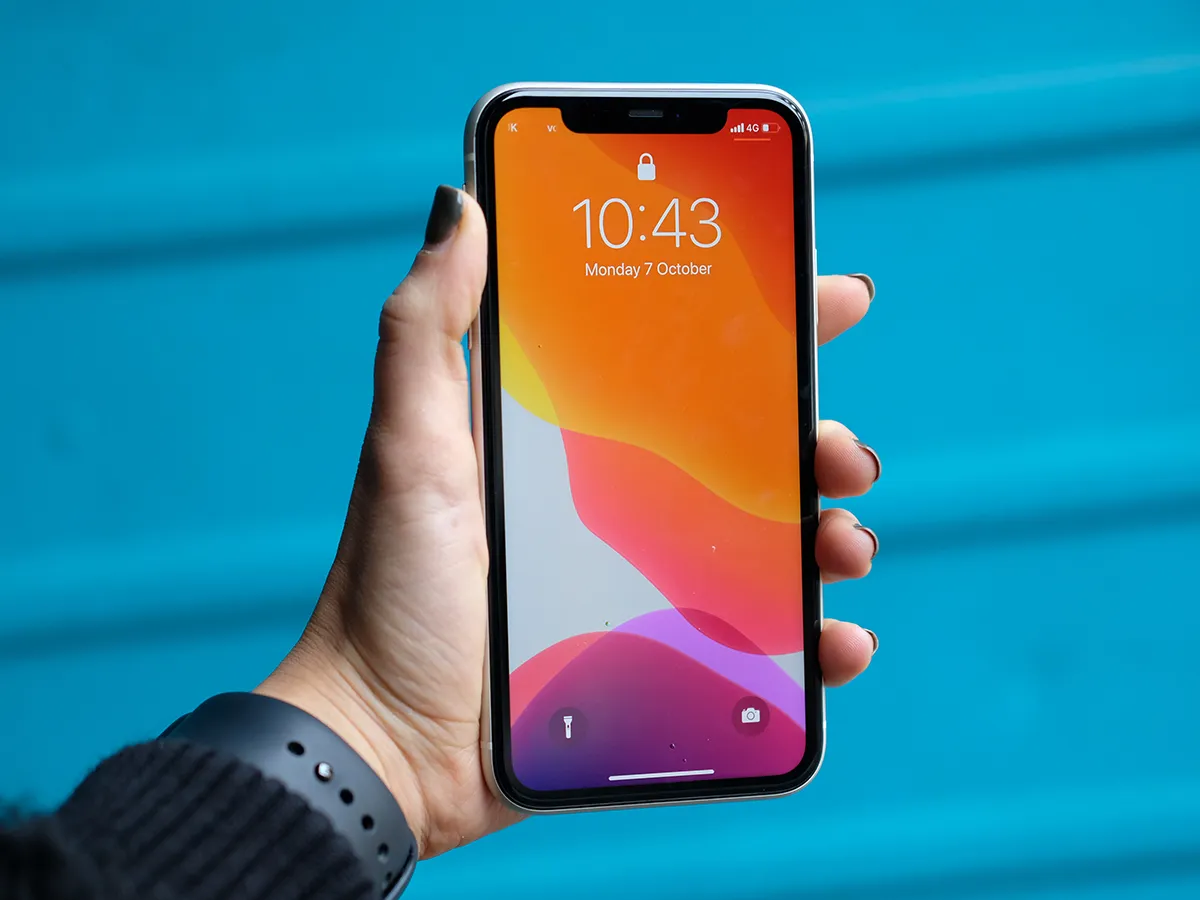
- Released: 2019
- Screen resolution: 828 x 1792
- Camera resolution: 12MP
- Charging port: Lightning
- Waterproof: IP68
The iPhone 11 is essentially an enhanced iPhone XR, but the refreshed branding makes it seem less like a ‘lesser-than’ edition than before. And it truly is upgraded over the XR, bringing in a second back camera with ultra-wide shooting skills and software enhancements for both, along with plenty of speed and a nice array of backing colors.
No doubt, the iPhone 11 Pro and Pro Max are more desirable handsets, and the lower-res screen here still feels like a big compromise. However, with the prices going in different directions this time around, the now-wider savings over the Pro makes the iPhone 11 an ideal pick for most buyers.
Read More › Apple iPhone 11 review
21. iPhone 7 Plus
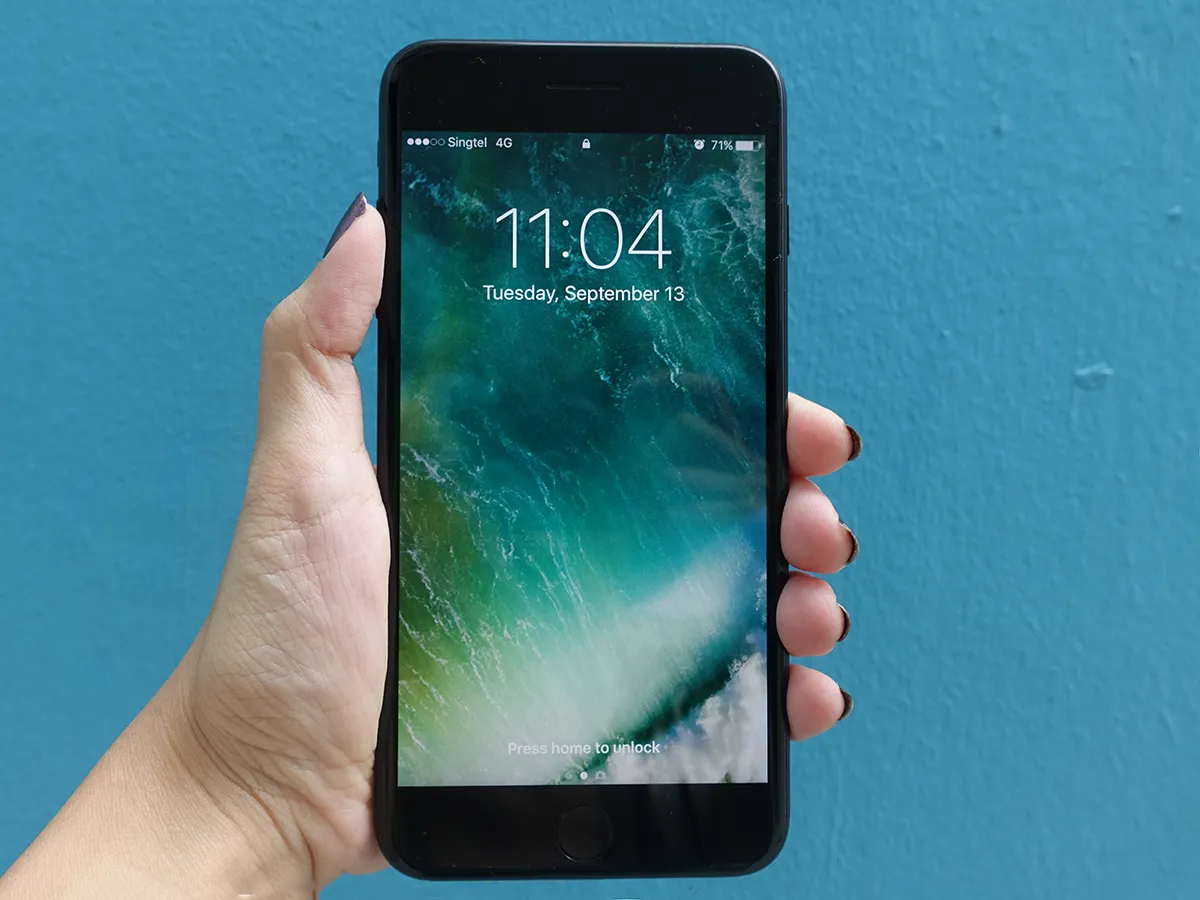
- Released: 2016
- Screen resolution: 1080 x 1920
- Camera resolution: 12MP, 12MP
- Charging port: Lightning
- Waterproof: IP67
If the iPhone 7 was simply an upgraded iPhone 6s – albeit a rather beautiful one – the iPhone 7 Plus packed the substantive new features to keep us interested, many of which were series firsts.
Two lenses on the 7 Plus – a telephoto and a wide-angle – made it a photographer’s dream, showing just how far things had come from the original iPhone with its 2MP afterthought.
Better still, the 5.5in display handled a wide colour gamut, while the four-core A10 Fusion chip inside making sure things always felt instantly responsive.
There was even a 256GB model for media hoarders. Love phablets or hate them, the iPhone 7 Plus was the pinnacle of big Apple phones. And its successor doesn’t even feel as essential, even if it’s technically better today.
Read More › Apple iPhone 7 Plus review
20. iPhone 6
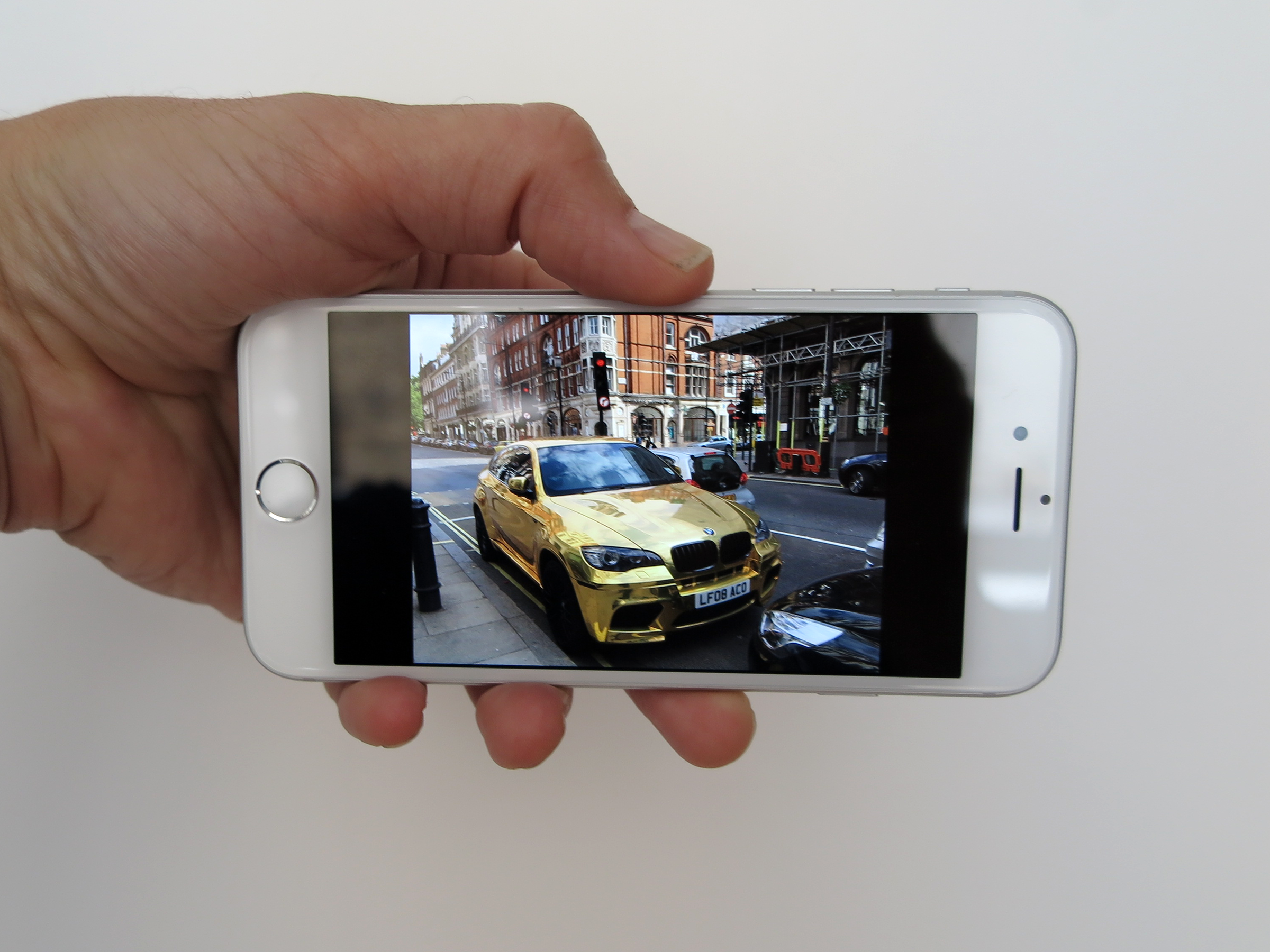
- Released: 2014
- Screen resolution: 750 x 1334
- Camera resolution: 8MP
- Charging port: Lightning
- Waterproof: No
Given that the build and user experience were by and large identical between them, the choice between the iPhone 6 and iPhone 6 Plus really came down to personal preference. We liked the 4.7in model, which provided a larger screen than past models while still being comfortable in the hand.
It was an excellent device through and through. The biggest knock against the iPhone 6 was that the competition was better than ever: Android phones – like the Moto X and HTC One (M8) – put up a strong fight, and the Samsung Galaxy S6, LG G4, and OnePlus 2 were even more impressive. Apple still sold the iPhone 6 in droves, mind.
Both the iPhone 6 and 6 Plus were the first Apple handsets to have NFC powers, which opened up the convenience of Apple Pay at retailers and for dashing around public transport. Sure you could just as easily whip out your wallet, but it doesn’t look anywhere near as cool, does it?
Read More › Apple iPhone 6 review
19. iPhone 11 Pro
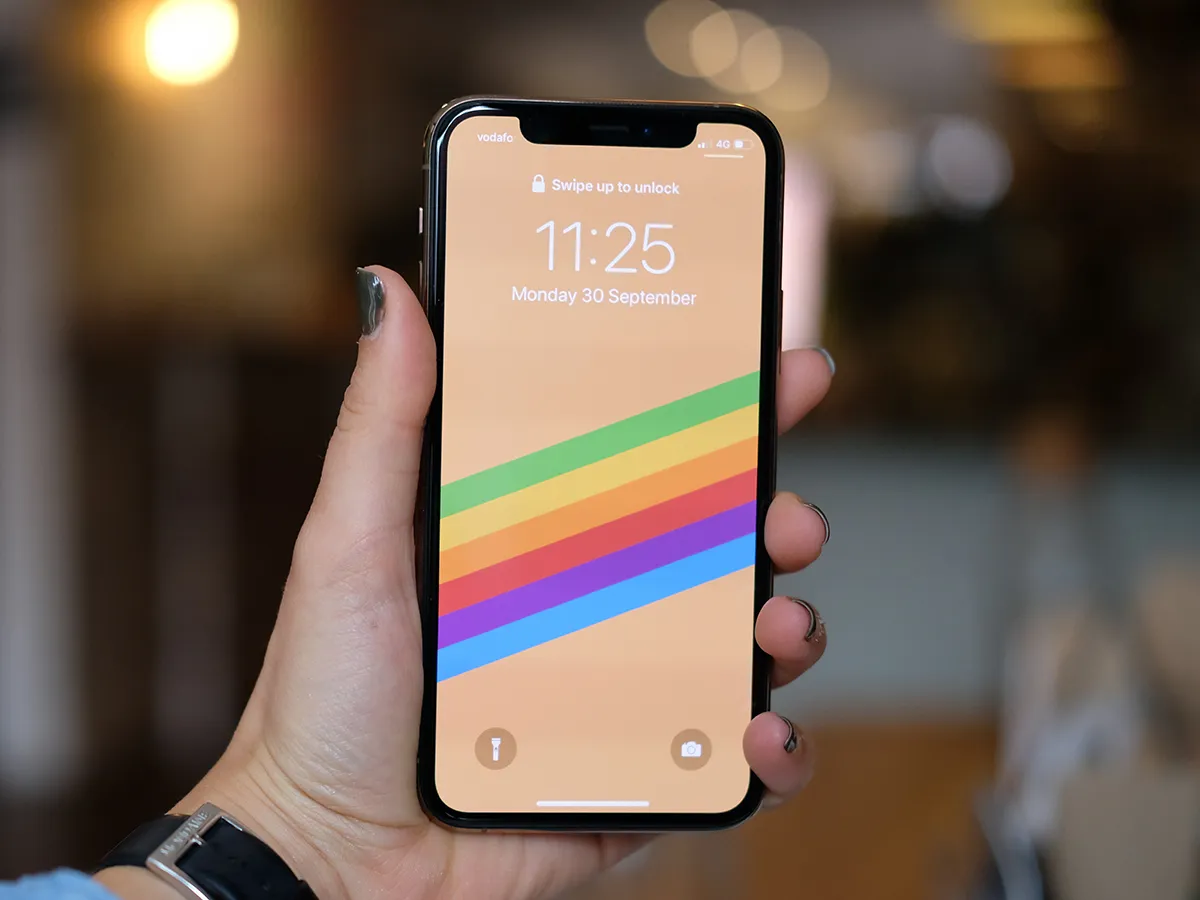
- Released: 2019
- Screen resolution: 1125 x 2436
- Camera resolution: 12MP, 12MP, 12MP
- Charging port: Lightning
- Waterproof: IP68
If you were actually willing to spend more than $1000/£1000 on a smartphone in 2019-20, then you wouldn’t find any better than the iPhone 11 Pro.
Apple’s appended branding doesn’t really mean much, other than a noticeably fancier phone. This is the iPhone XS given a nice array of upgrades, from a third ultra-wide back camera to a brighter screen, super-speedy processor, and a noticeable battery boost.
On the other hand, that’s a whole bunch of money to spend on a smartphone, and it’s not going to be for everyone. That’s what the standard iPhone 11 is for. This one’s for the Pros.
Read More › Apple iPhone 11 Pro review
18. iPhone 13
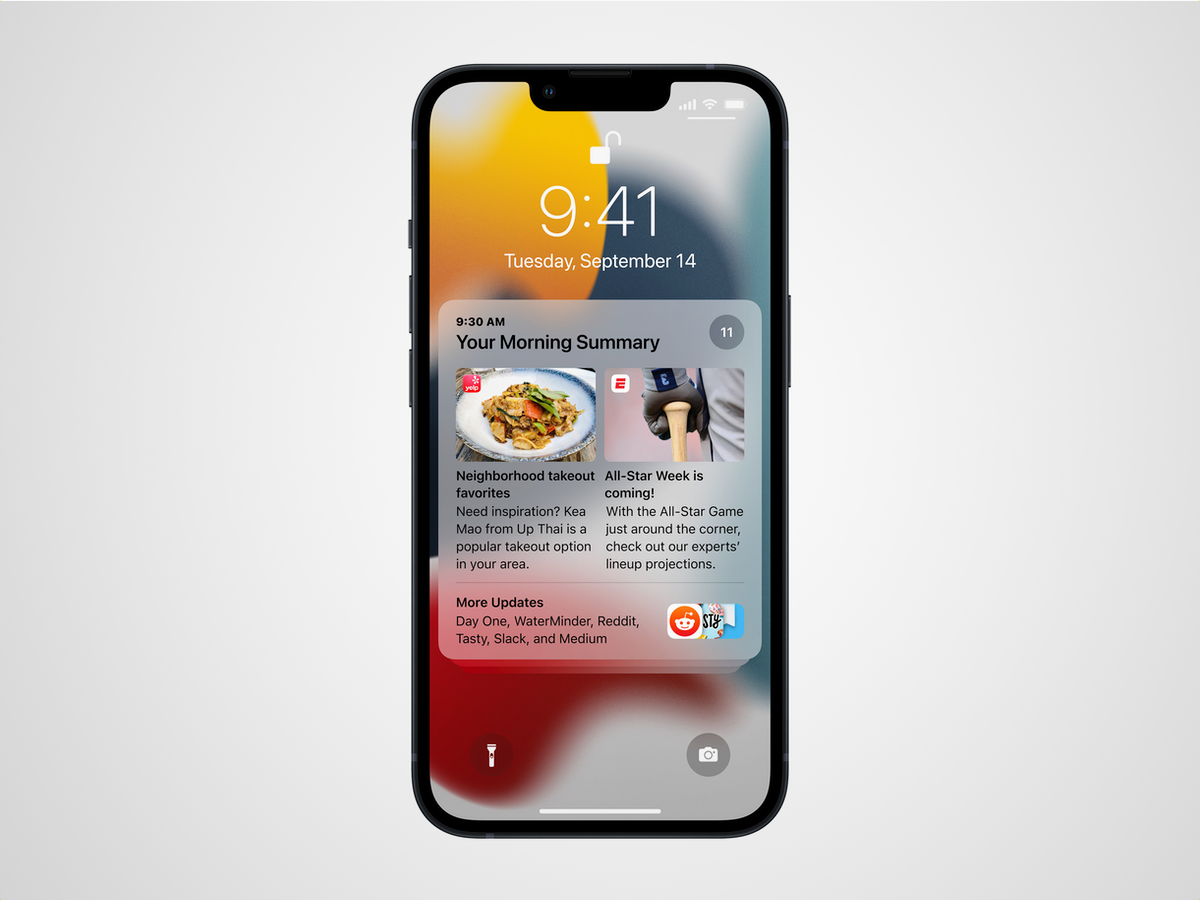
- Released: 2021
- Screen resolution: 1170 x 2532
- Camera resolution: 12MP, 12MP
- Charging port: Lightning
- Waterproof: IP68
The iPhone 13 is a classic Apple handset: it takes everything good about the previous generation and tweaks it just enough to keep things interesting. It cost a little bit less than the iPhone 12 , lasts a bit longer and runs a bit faster thanks to Apple’s A15 Bionic chip. It also took better photos and offers twice as much storage. Oh, and the screen is slightly brighter.
So why isn’t it higher up in this list? For exactly the same reasons. It’s a competent device but, in the scheme of the iPhone’s lineage, the improvements are incremental. From the familiar flat-panel aluminium design to the identical dimensions, it doesn’t do much to set your world on fire. That’s not to say it’s not an excellent smartphone. It’s just wasn’t compelling enough to justify upgrading from the iPhone 11 or 12.
Read more › Apple iPhone 13 review
17. iPhone 11 Pro Max
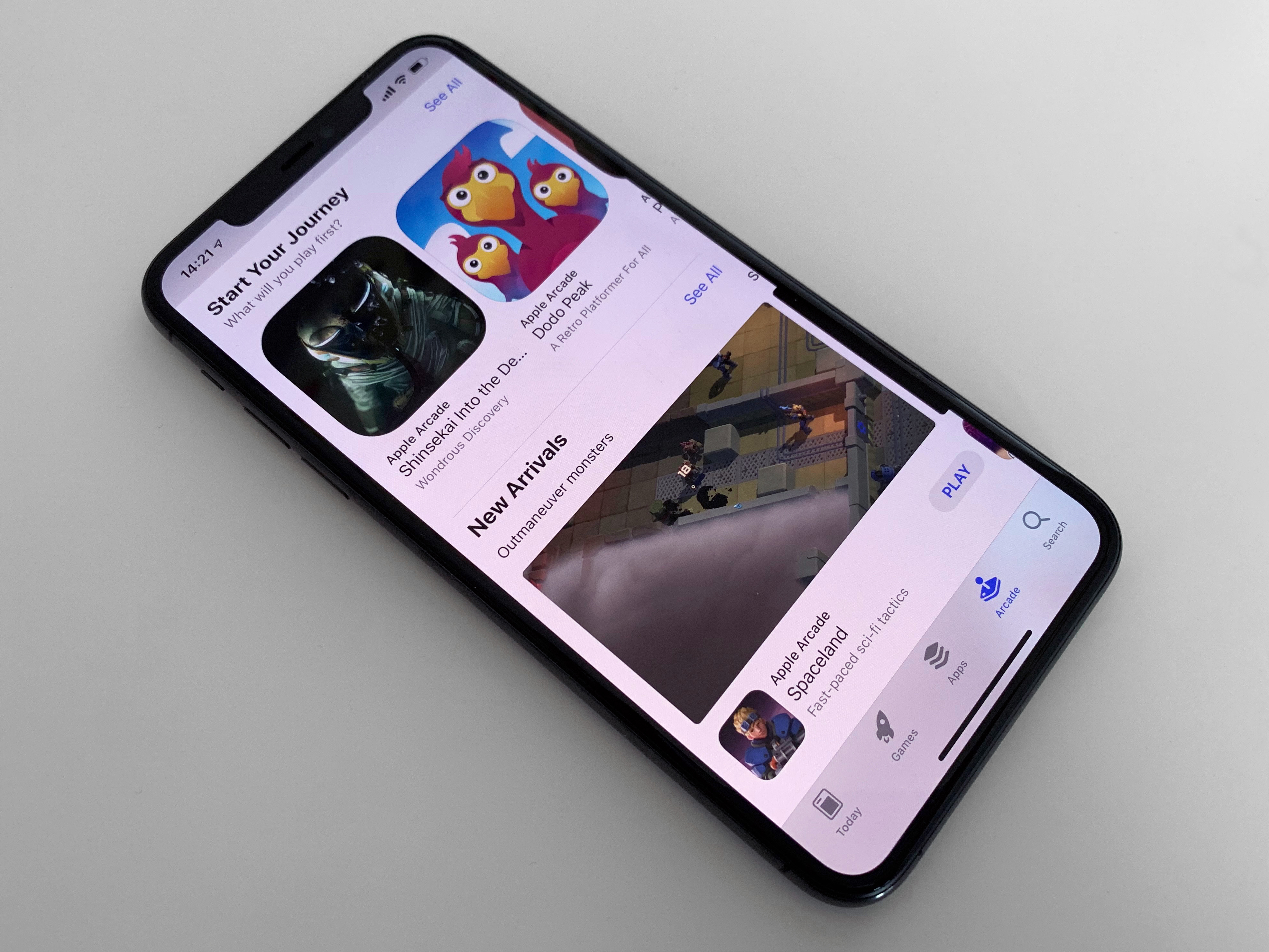
- Released: 2019
- Screen resolution: 1242 x 2688
- Camera resolution: 12MP, 12MP, 12MP
- Charging port: Lightning
- Waterproof: IP68
The iPhone 11 reached its ultimate form with the iPhone 11 Pro Max, both the biggest and technically best iPhone back in 2019. It packed in all of the same upgrades as the smaller iPhone 11 Pro – third camera, brighter screen, more power – but did so with a huge 6.5in OLED display and had even more battery life onboard.
It’s a beast, but it was obviously priced like one too. However, for large-handed big spenders who wanted the best of the best in Apple land, this was the phone of choice.
Read More › Apple iPhone 11 Pro Max review
16. iPhone 12 Pro
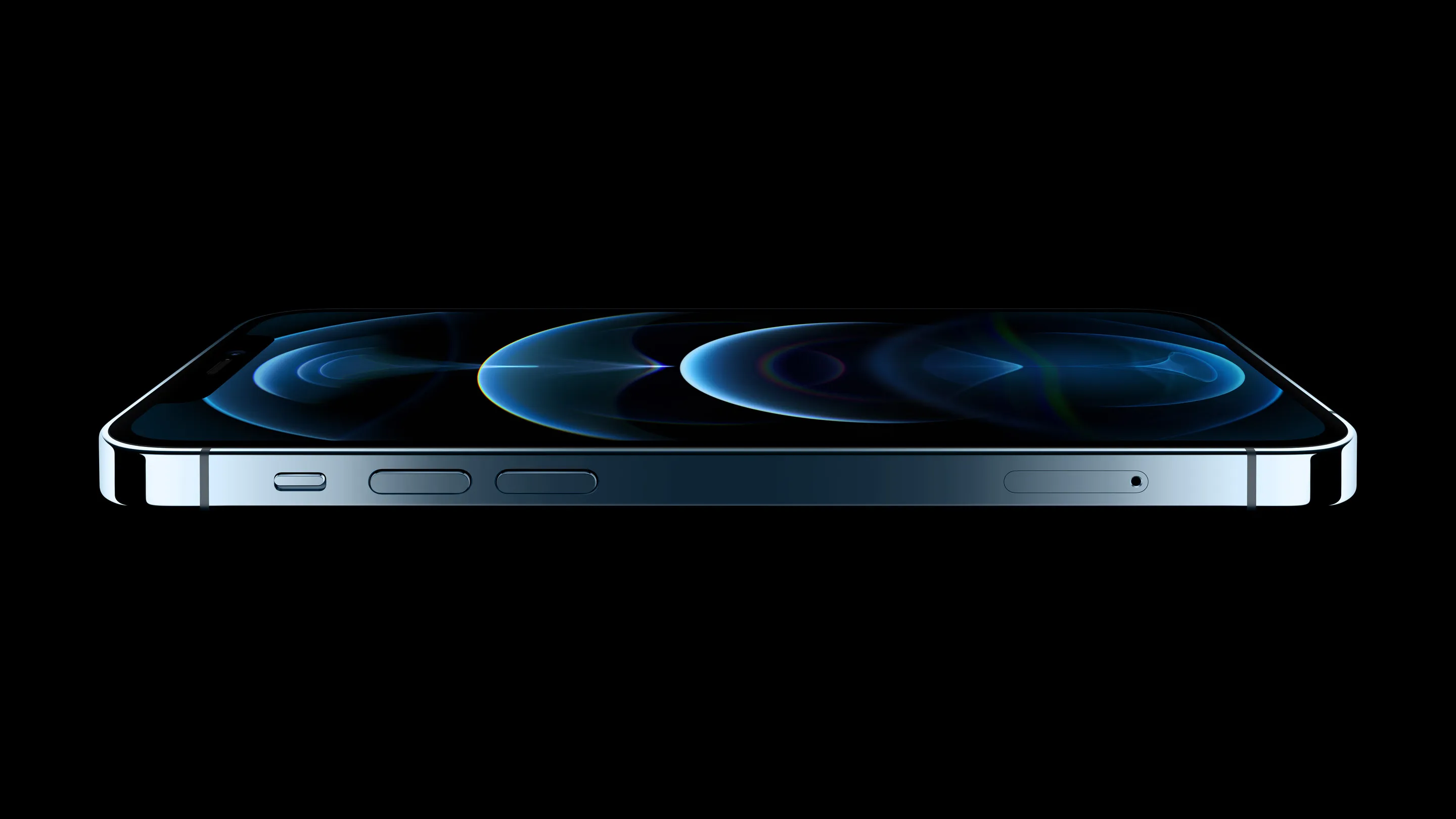
- Released: 2020
- Screen resolution: 1170 x 2532
- Camera resolution: 12MP, 12MP
- Charging port: Lightning
- Waterproof: IP68
Truth be told, we didn’t expect the Pro model to be arguably the least enticing of the iPhone 12 lineup, but that’s because of a couple different factors. First, while the base iPhone 12 model turned out to be much-improved compared to the iPhone 11, it didn’t feel notably less capable than the iPhone 12 Pro. It also had the same size screen and battery pack.
But on top of that, the Pro Max model had extra perks that the iPhone 12 Pro lacked, including the larger main camera sensor and a much beefier battery. Still, if you wanted a very premium-feeling iPhone that wasn’t utterly enormous, the Pro was pretty brilliant. It just wasn’t our first pick of the year’s litter.
Read More › Apple iPhone 12 Pro review
15. iPhone 12 Mini
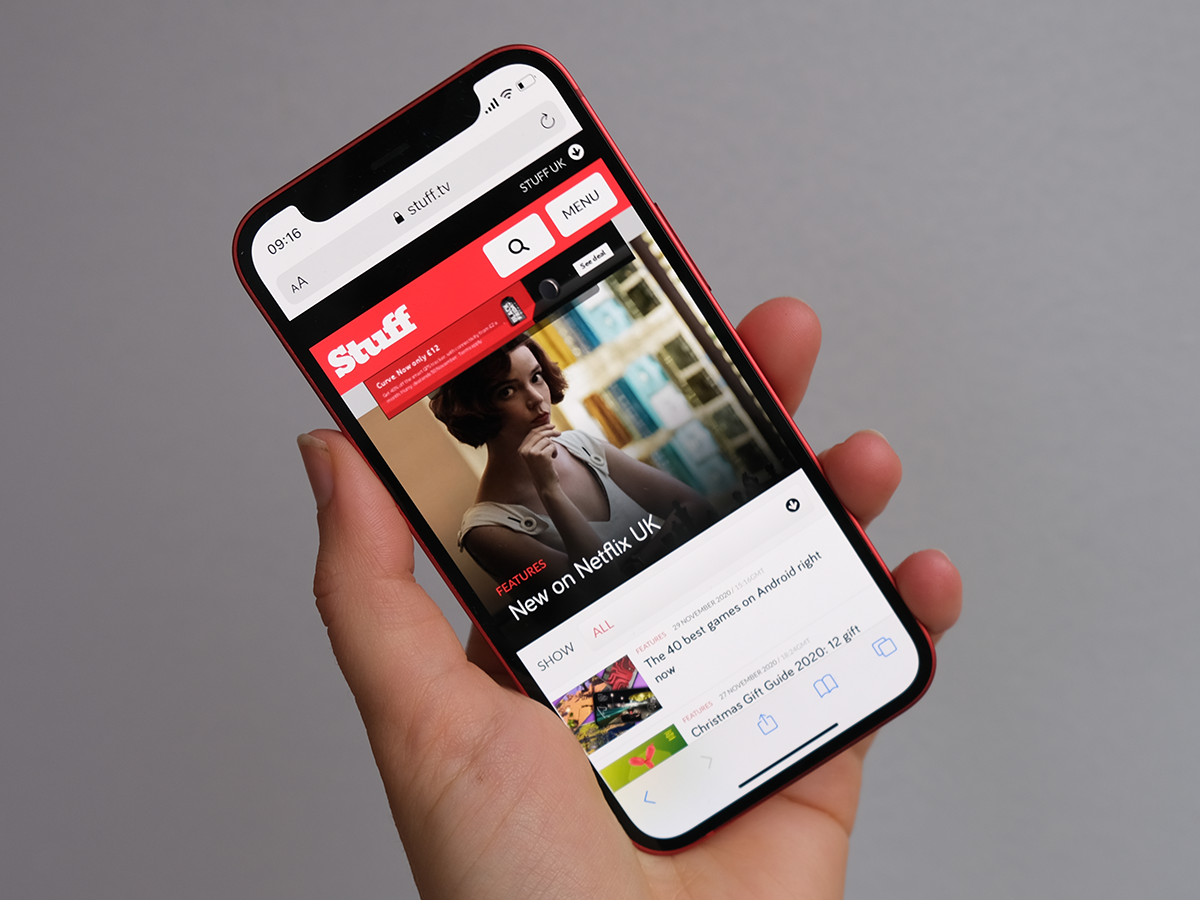
- Released: 2020
- Screen resolution: 1080 x 2340
- Camera resolution: 12MP, 12MP
- Charging port: Lightning
- Waterproof: IP68
Good on Apple for listening to the modest chunk of fans who were calling for a return to one-hand-capable phones in recent years, but who didn’t want to settle for an old design or downgraded specs. The iPhone 12 Mini was almost every bit as capable as the main iPhone 12, just smaller.
With a 5.4in screen, the iPhone 12 Mini was positively pint-sized, yet still provided class-leading power, brilliant cameras, that delightful flat-edge design, plus 5G support. It was also a a chunk cheaper at launch than the base iPhone 12. The trade-off was that the battery life proved a bit less resilient – and for people used to larger handsets, downsizing to save cash probably wasn’t a good idea. But for those who’d been waiting for a small, top-of-the-line iPhone, the Mini was a compact treat.
Read More › Apple iPhone 12 Mini review
14. iPhone 13 Mini
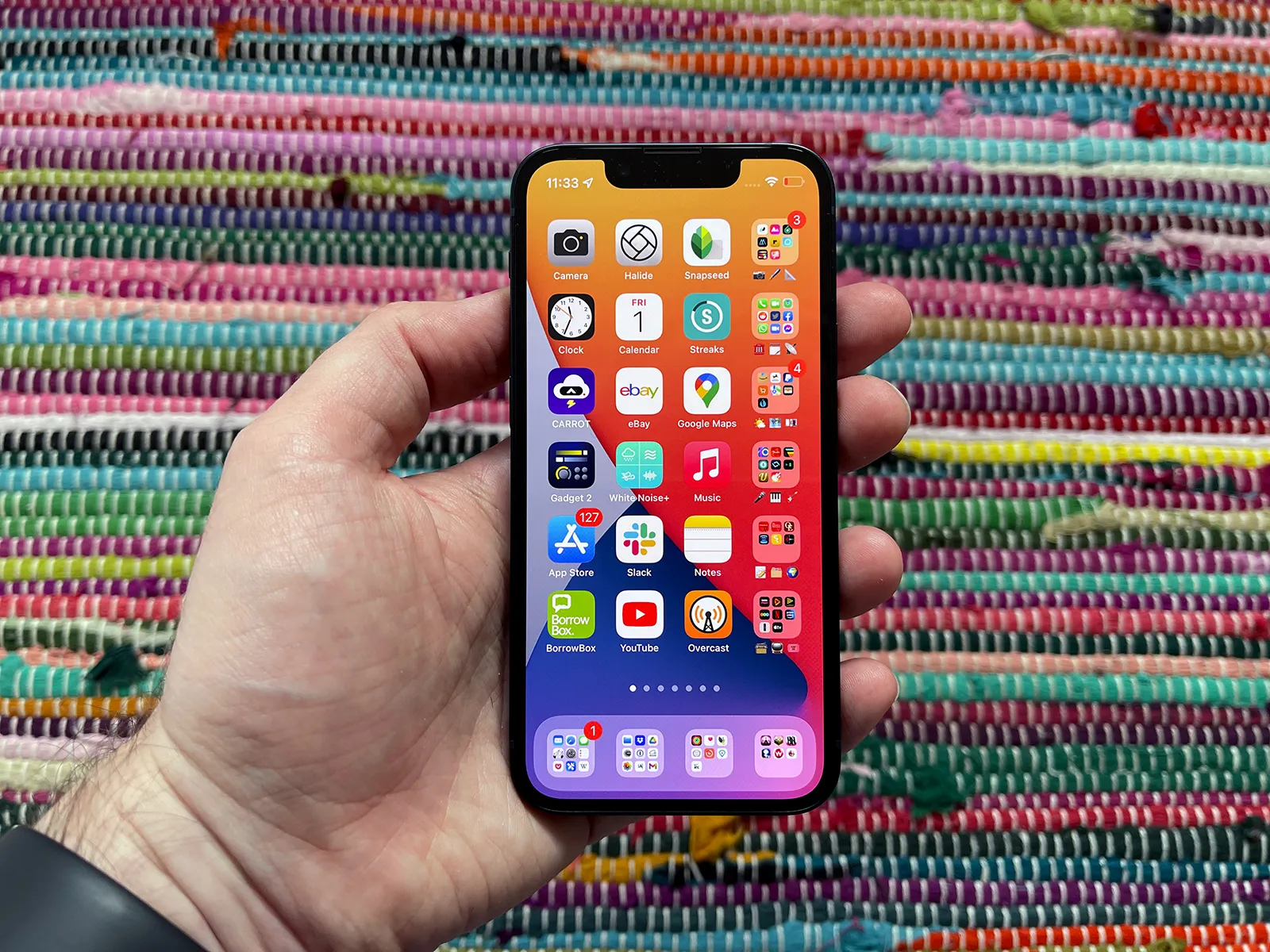
- Released: 2021
- Screen resolution: 1080 x 2340
- Camera resolution: 12MP, 12MP
- Charging port: Lightning
- Waterproof: IP68
The smallest iPhone 13 model aims to improve on a device that’s designed for people with smaller paws and pockets, without sacrificing the power offered by its more sizeable sibling. And although it’s outwardly almost identical to the iPhone 12 Mini (but for a bigger camera bump), it meaningfully improves both the camera and battery life, while the A15 Bionic chip propels it towards the top of the performance charts.
In short, there’s nothing else like the iPhone 13 Mini in Apple’s line-up. It’s a more compact yet compromise-free option that offers the full-fat iPhone experience without, well, the fat. For those who want a pocketable Apple powerhouse you can use one-handed, this is it.
Read more › Apple iPhone 13 Mini review
13. iPhone 15 and 15 Plus
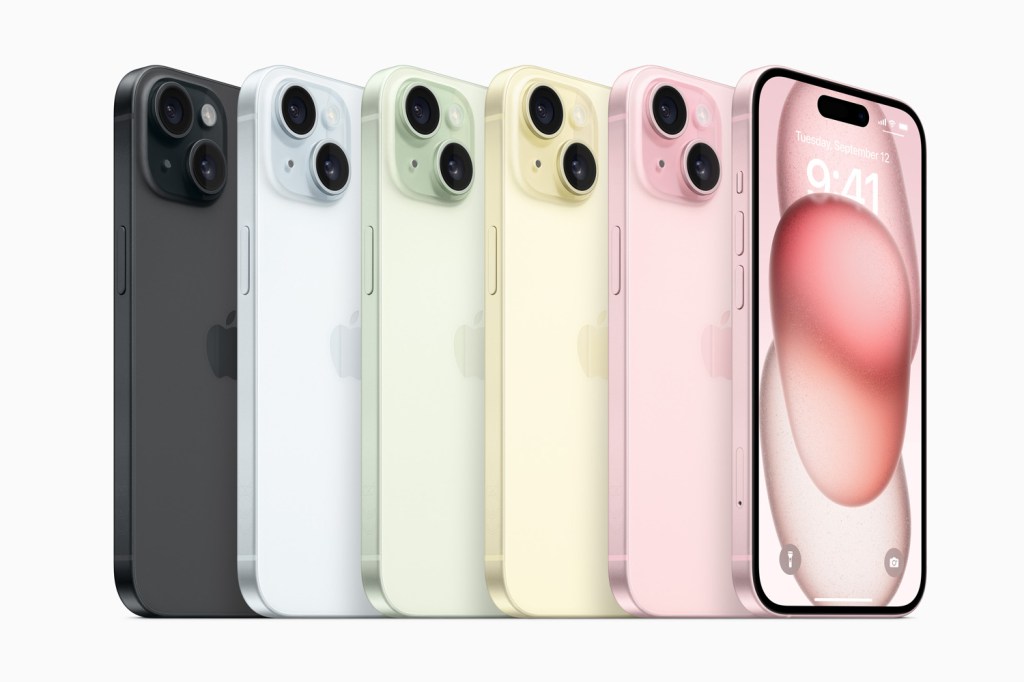
- Released: 2023
- Screen resolution: 1179 x 2556, 1290 x 2796
- Camera resolution: 12MP, 12MP, 48MP
- Charging port: USB-C
- Waterproof: IP68
2023’s mainstream iPhone models were a streamlining of previous efforts, inheriting several hardware features from the previous year’s Pro models. That includes the A16 Bionic CPU, and the Dynamic Island information pill that integrates neatly with the front-facing camera cutout. The iPhone 15 and 15 Plus also brought USB-C into the fold for the first time, kissing Lightning goodbye in order to play nicely with European rulings on universal chargers.
Otherwise it’s a familiar tale, with the same screen sizes as before. Both phones stick with two cameras, instead of the iPhone 15 Pro’s three, but do increase the main sensor’s pixel count to 48MP (up from 12MP last year). Some new color options help them stand out from the outgoing iPhone 14 range, but most of the software upgrades introduced in iOS 17 can be had on the older generation too. It’s a welcome upgrade, then, but not as seismic as some of the models mentioned further down this list.
12. iPhone 16 Pro and Pro Max

- Released: 2024
- Screen sizes: 6.3in, 6.9in
- Screen resolution: 2622×1206, 2868×1320
- Camera resolution: 48MP, 48MP, 12MP
- Charging port: USB-C
- Waterproof: IP68
Yes, this is a bit of a low entry isn’t it? The problem with 2024’s Pro iPhones was that, well, the standard ones were just so good, with the key change from 2023 being larger 6.3in and 6.9in displays – the latter now feeling significantly bigger than before.
As our reviewer put it, the 16 Pro Max is “not an update that makes you want to throw a party, but the power, camera and battery life are so good it’s hard to imagine anyone not being quietly impressed.”
In fact, the worst we could really say about it are that the colours are boring. However, with the standard iPhone 16 and 16 Plus now having. 2x telephoto zoom and other tricks such as the new Camera Control, you’ve got to really want to go Pro for the larger screens or the 5x telephoto zoom.
Read more › Apple iPhone 16 Pro Max review
11. iPhone 3G
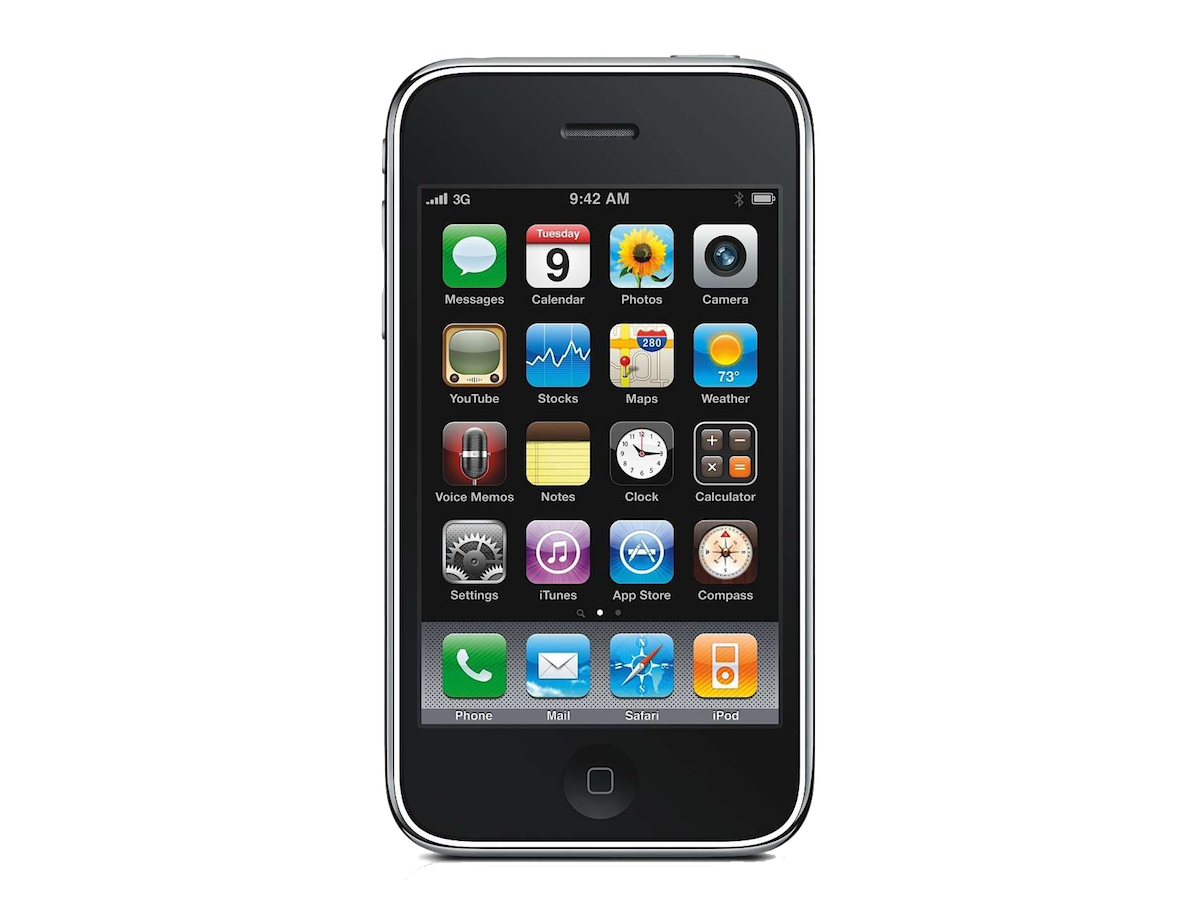
- Released: 2008
- Screen resolution: 320 x 480
- Camera resolution: 2MP
- Charging port: 30-pin
- Waterproof: No
True, the positively ancient iPhone 3G doesn’t seem like much now: the best it can run is iOS 4, and it’s dated in features, functionality, and connectivity. But at the time, it was remarkable: a major evolution of the original iPhone’s design while adding the crucial feature of 3G data support. For a phone that was so focused on web usage, that was a dramatic upgrade.
The iPhone 3G also ushered in the release of the App Store – surely the most important feature addition in iPhone history. True, the 3G was nowhere near as important or influential as the original iPhone. But as Apple enthusiasts know, the second-gen model is where refinement really takes hold, and that was definitely true here.
Read more › Apple iPhone 3G review
10. iPhone 4
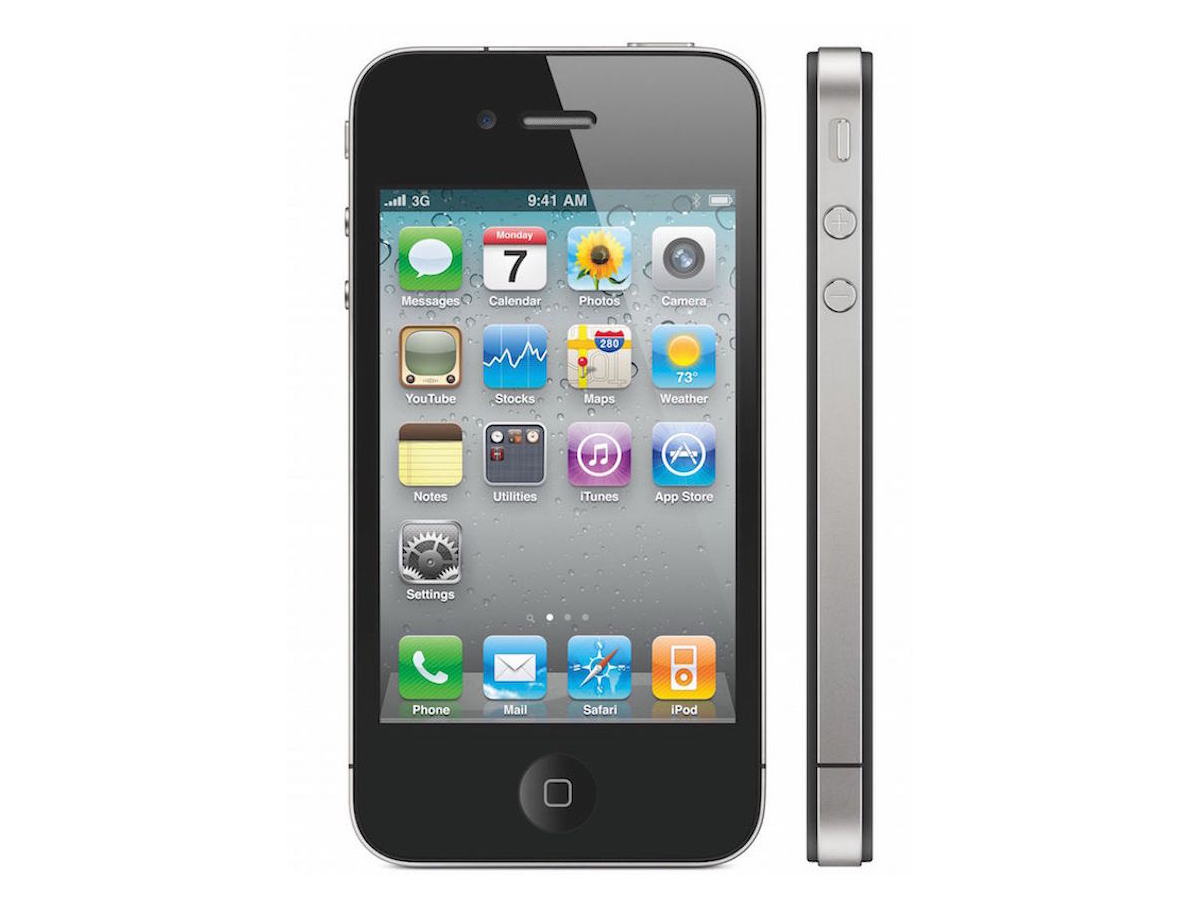
- Released: 2010
- Screen resolution: 640 x 960
- Camera resolution: 5MP
- Charging port: 30-pin
- Waterproof: No
Damn, the iPhone 4 was beautiful – not only in comparison to the iPhones that came before it, but also to every other phone on the market. Swapping to an ultra-thin design with a flat glass back and a metal antenna all along the edges was an aesthetic masterstroke. But that’s not all: the iPhone 4 also introduced the gorgeous Retina display to the line.
Granted, that innovative body design also came with a big caveat: the antenna had a tendency to misbehave if the phone was held in a certain way, prompting the ‘Antennagate’ controversy and Apple’s need to give everyone free Bumper cases to avoid the issue. It’s a sad footnote for a phone that could otherwise easily lead this list.
Read More › Apple iPhone 4 review
9. iPhone 12 Pro Max
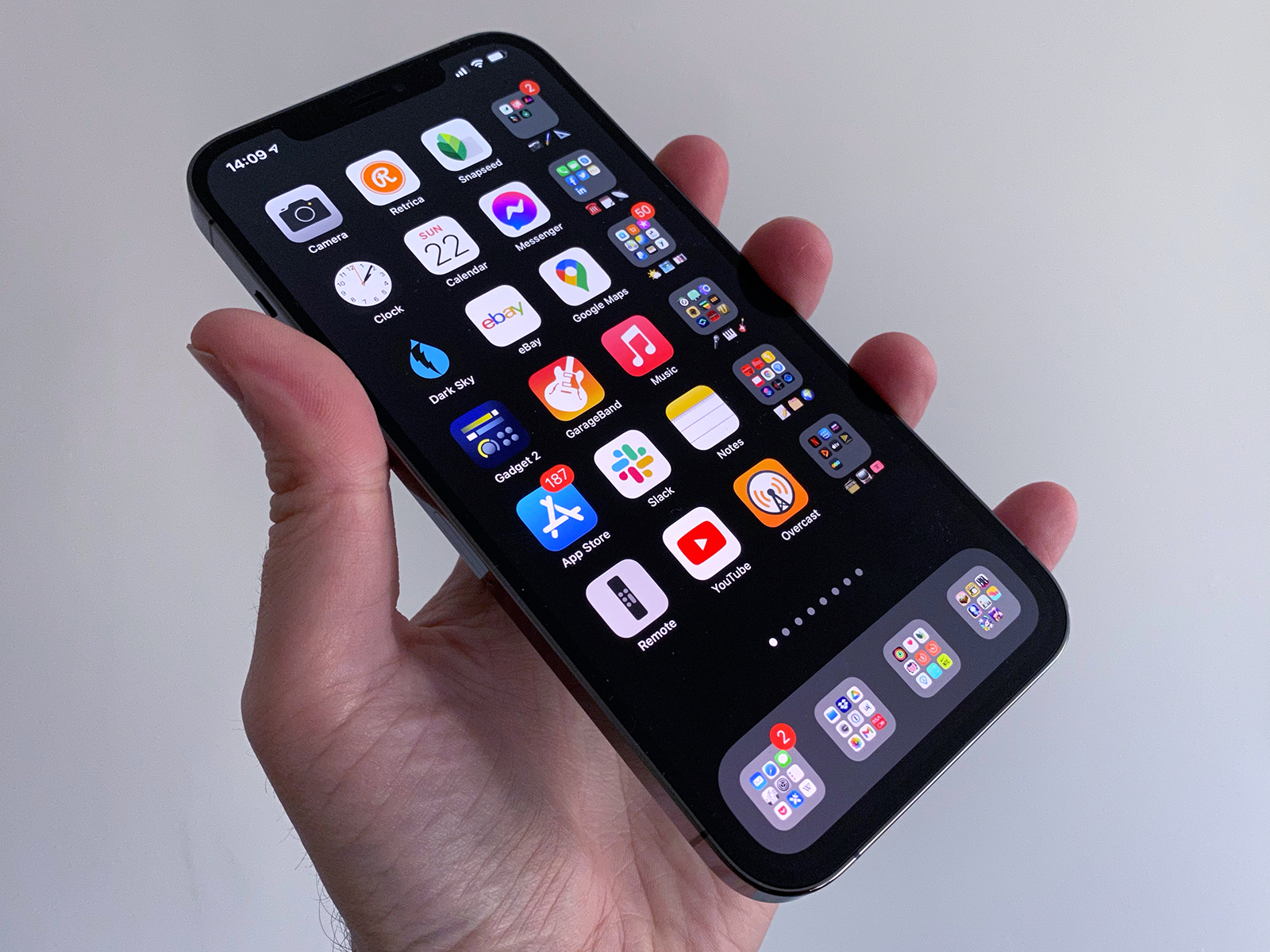
- Released: 2021
- Screen resolution: 1284 x 2778
- Camera resolution: 12MP, 12MP
- Charging port: Lightning
- Waterproof: IP68
While the standard iPhone 12 delivered the best balance of price and features, the seriously sizable iPhone 12 Pro Max provided a welcome array of enhancements – if you could stomach the extra outlay.
The 6.7in OLED screen was large and in charge, not to mention incredibly bright and vibrant. Many of the other bits and bobs were about the same as the iPhone 12, including processor choice and 5G capabilities, but the cameras received extra love. Not only did you get a 2.5x zoom telephoto sensor, but the main camera also boasted a much wider sensor, enabling improved low-light and night-time photography. Battery life was beastly, too. The iPhone 12 Pro Max was a heck of a phone, albeit at a heck of a price.
Read More › Apple iPhone 12 Pro Max
8. iPhone 13 Pro and Pro Max
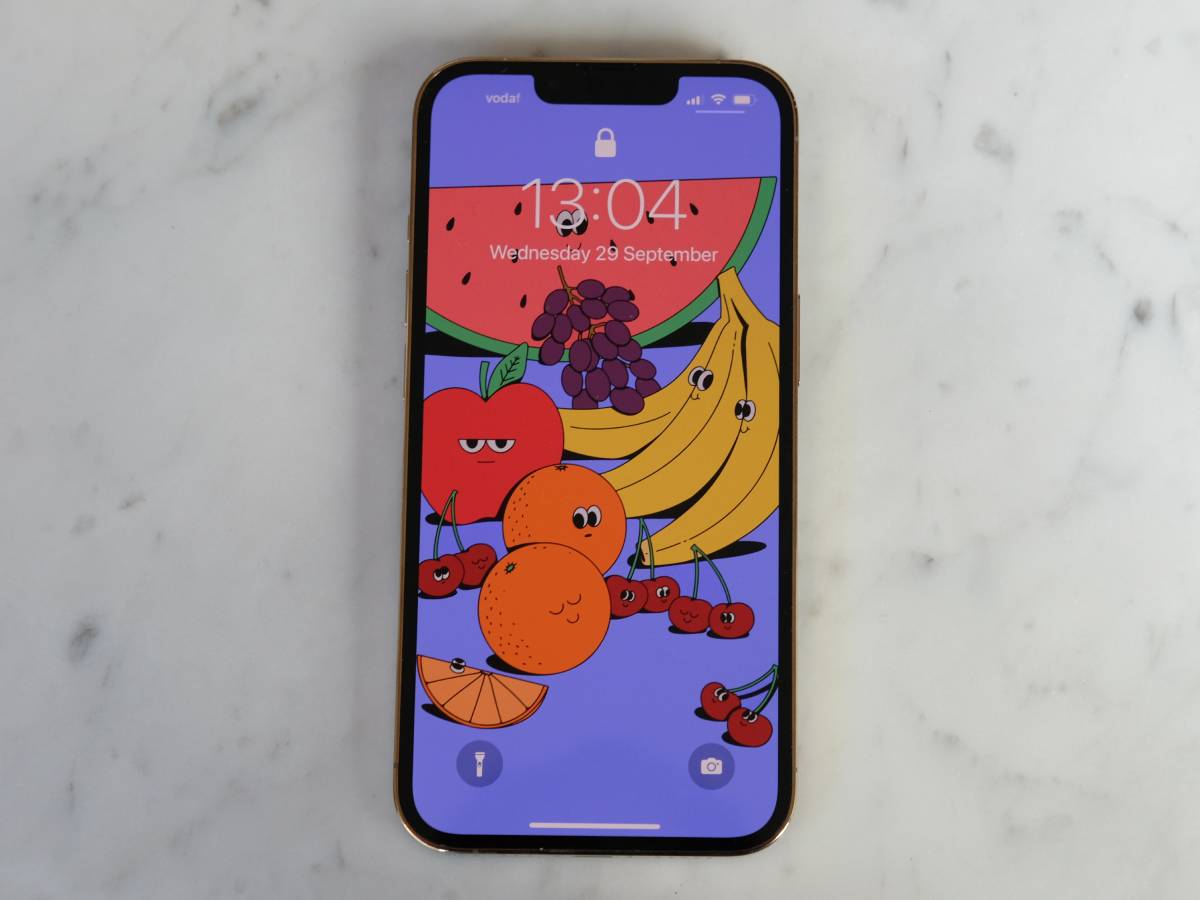
- Released: 2021
- Screen sizes: 6.7in, 6.1in
- Screen resolution: 1284 x 2778, 1170 x 2532
- Camera resolution: 12MP, 12MP, 12MP
- Charging port: Lightning
- Waterproof: IP68
The gap had never been narrower between the Pro and Pro Max than it was with their iPhone 13 iterations. The Pro offers the same slick 120Hz refresh rates on the ProMotion display, the same outstanding performance from the A15 Bionic chip and the same telephoto photography skills as the Pro Max. It also benefits from a beefier battery life than before, and suffers the same lack of Touch ID.
What makes it the better phone is the fact that the 6.1in display and slightly smaller form factor mean it’s actually the more manageable device for most people.
And because downsizing doesn’t mean sacrificing performance, the only compelling reason to pick the Pro Max is if you need a 6.7in display. It’s also huge, expensive and heavy.
The iPhone 13 Pro was the best all-rounder in Apple’s 2021 line-up – largely because it was a steady evolution of the terrific iPhone 12 Pro.
Read more › iPhone 13 Pro review and iPhone 13 Pro Max review
7. iPhone 12
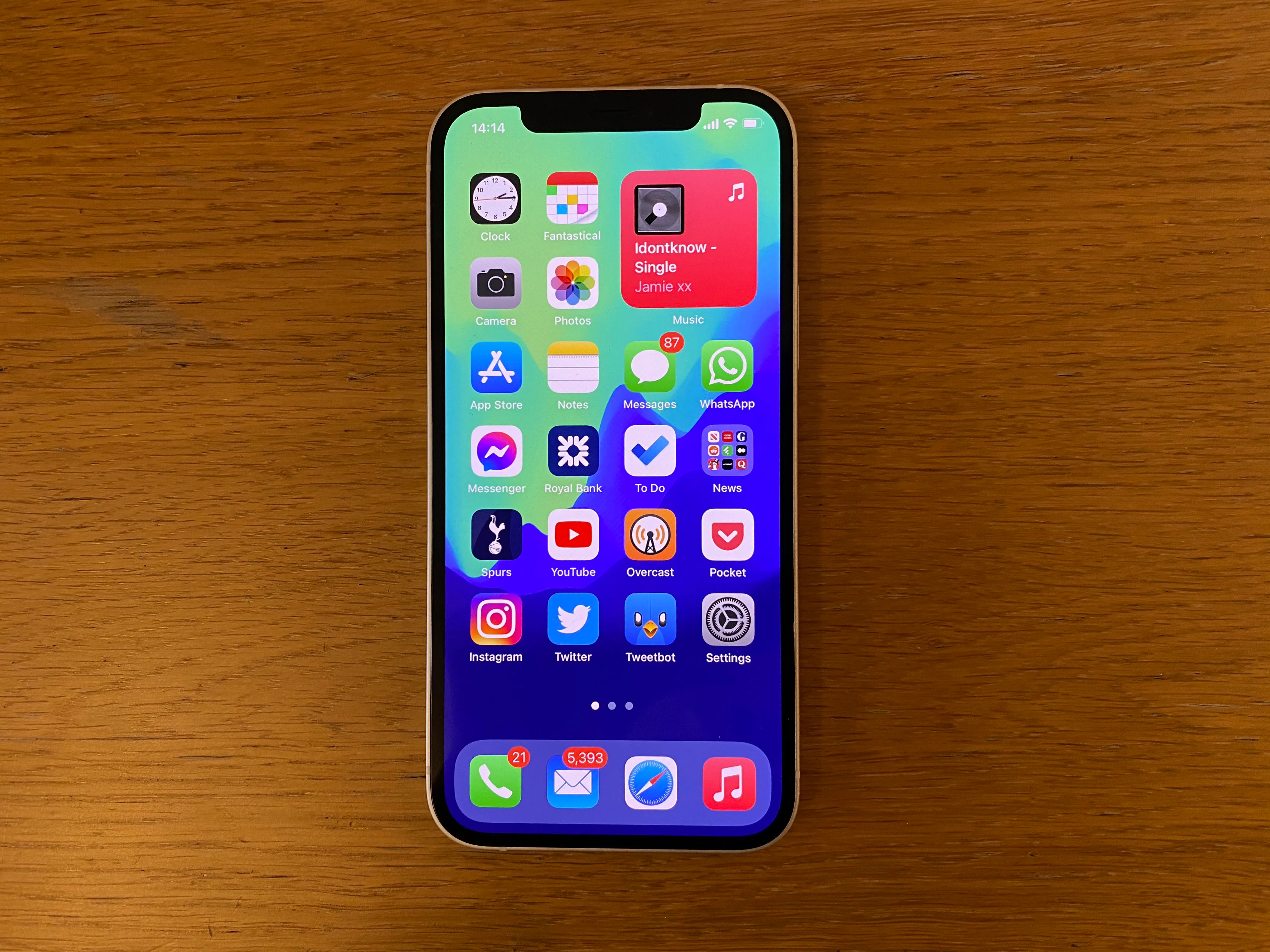
- Released: 2020
- Screen resolution: 1170 x 2532
- Camera resolution: 12MP, 12MP
- Charging port: Lightning
- Waterproof: IP68
When it launched in 2020, the iPhone 12 was the most exciting new iPhone since the revolutionary iPhone X. It was also a properly top-of-the-line, uncompromised core model after the iPhone 11 and iPhone XR skimped on screen quality. And for all but the serious die-hards, it was the version worth buying, with the Pro model perks seeming less critical.
From the beautifully boxy shape to the crisp and bright screen, fastest processor in the industry, excellent cameras, and speedy 5G support, this was one of the absolute best phones you could buy – and our clear pick from the wider iPhone 12 line-up.
Read More › Apple iPhone 12 review
6. iPhone 15 Pro and 15 Pro Max
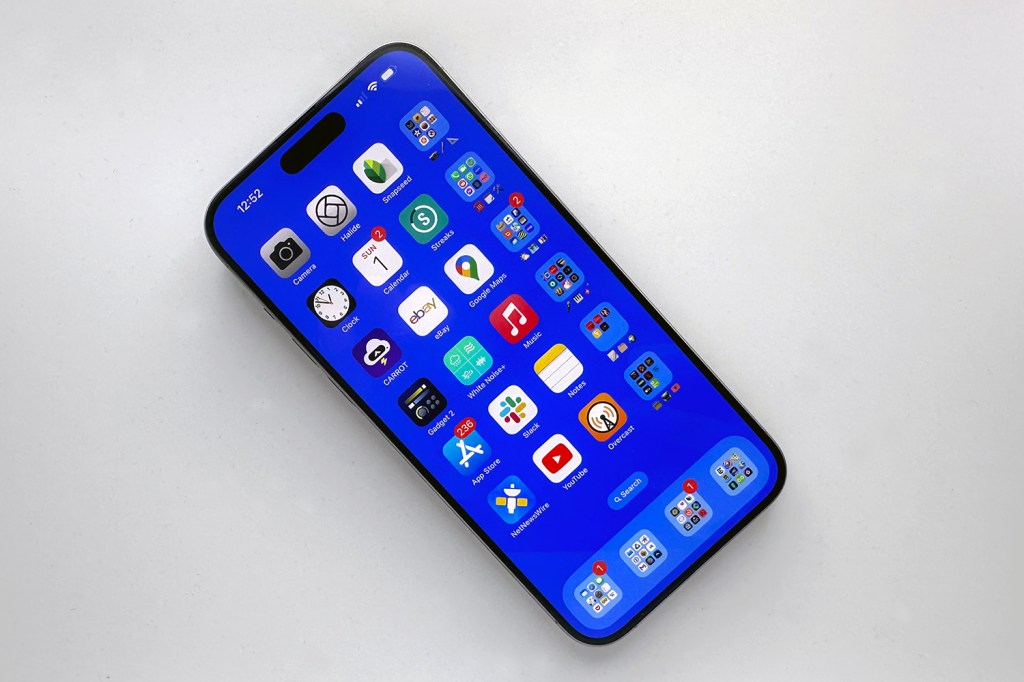
- Released: 2023
- Screen resolution: 1179 x 2556, 1290 x 2796
- Camera resolution: 12MP, 12MP, 48MP
- Charging port: USB-C
- Waterproof: IP68
Previously, the differences between the regular and Pro iPhones weren’t massive – but things are a lot more clear cut for the iPhone 15 series. The Pro models gain a body built from titanium, which keeps weight in check, and step up on the camera front with a dedicated zoom lens (3x for the 15 Pro, 5x for the 15 Pro Max). Image quality for both stills and videos is top notch, as expected, with recording abilities going above and beyond this year.
The swap from Lightning to USB-C was huge, of course, but we think it’s the customisable action button that marks the biggest upgrade this year. Being able to use one button as a camera shutter button, Focus mode switcher or app launcher transformed how we used our iPhone pretty much overnight. Add in phenomenal performance that can run console-grade games in the palm of your hand, and this is easily the best Pro iPhone yet. Right now that earns it a high placement on this list – we’ll have to wait a few years to see if its legacy will be as long-lasting as those models above it.
Read More › Apple iPhone 15 Pro Max review
5. iPhone SE 3rd Gen
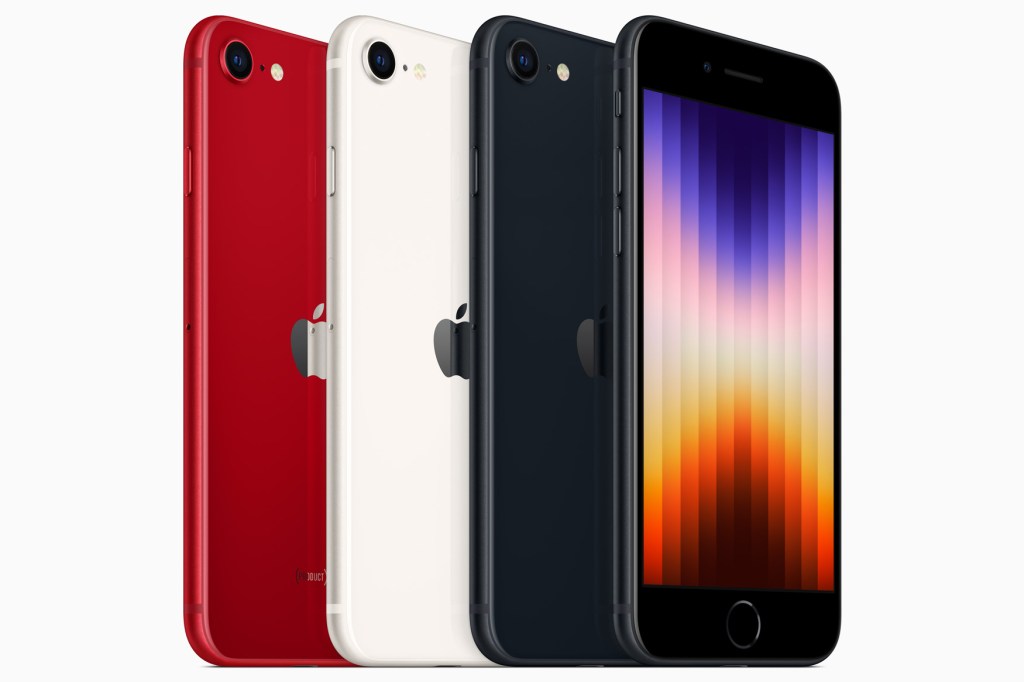
- Released: 2022
- Screen resolution: 750 x 1334
- Camera resolution: 12MP
- Charging port: Lightning
- Waterproof: IP68
Does this generation of Apple’s cheapest phone belong this far down the list? Yes, it does, at least until a rumored fourth generation of the handset appears. The SE is the phone that democratizes the iPhone. All through this list we’ve moaned about how much iPhones cost. The SE fixes that.
It may not have the features of the Pro, the screen of the Plus, or the USB-C port of the 15, but with its 4.7in display and old-fashioned home button you get a heavy dose of iPhone DNA in a compact package. The A15 Bionic processor is the same one used in the iPhone 14, so there are no problems with performance, and while the 12MP dual-camera cluster and limited range of colours can disappoint when compared to other models, there’s a lot here for your money.
4. iPhone 16 and 16 Plus
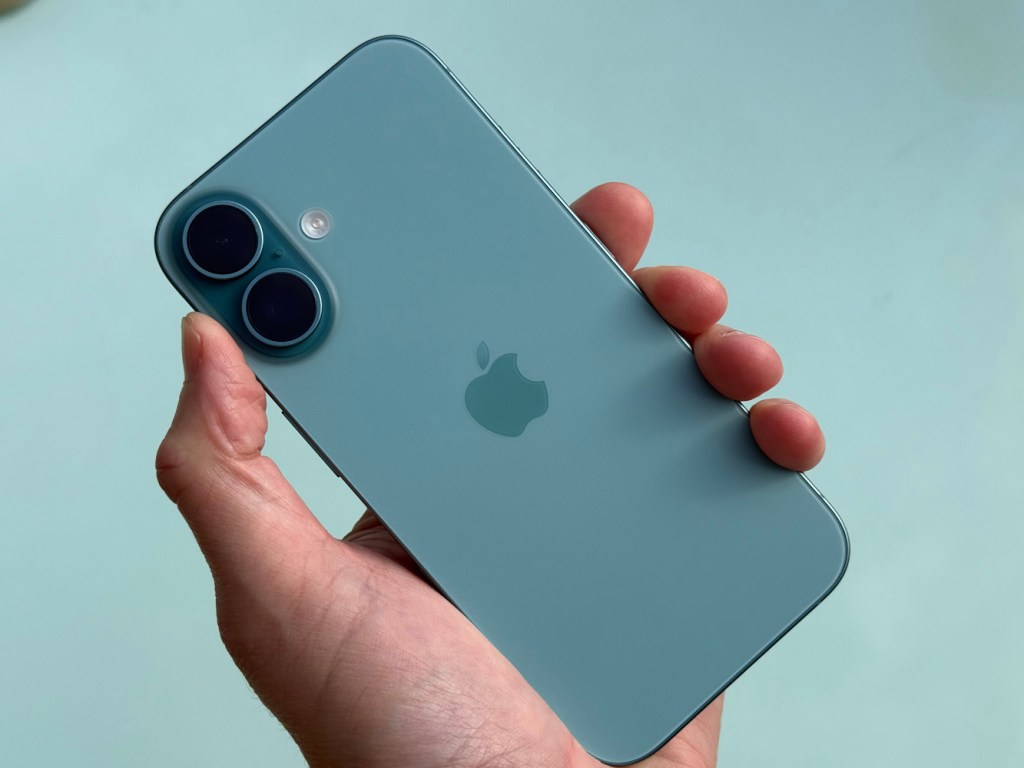
- Released: 2024
- Screen sizes: 6.7in and 6.1in
- Screen resolution: 2796 x 1290 and 2556 x 1179
- Camera resolution: 48MP, 12MP
- Charging port: USB-C
- Waterproof: IP68
It’s the first year in a long time that them Pro series has looked like overkill – but the standard iPhone 16 really is that good this time around, with the 2x telephoto mode very welcome.
Apple Intelligence may have been the headline, but aside from that there’s more than enough about the iPhone 16 that made it 2024’s top phone. While it looks very similar to its last-gen equivalent, it’s improved in several key areas. Battery life is better – enough that we noticed the extra hour or so of use it provides.
The biggest glow-up, however, is the camera: it now has a 2x telephoto zoom mode, while the Camera Control hardware button is actually pretty useful.
With the iPhone 15 series, we’d have recommended the Pro model as the go-to choice for anyone buying a new iPhone. But with this generation, the baseline iPhone 16 proves itself to be more than enough smartphone for most of us.
Also Read › Apple iPhone 16 review and iPhone 16 Plus review
3. iPhone X
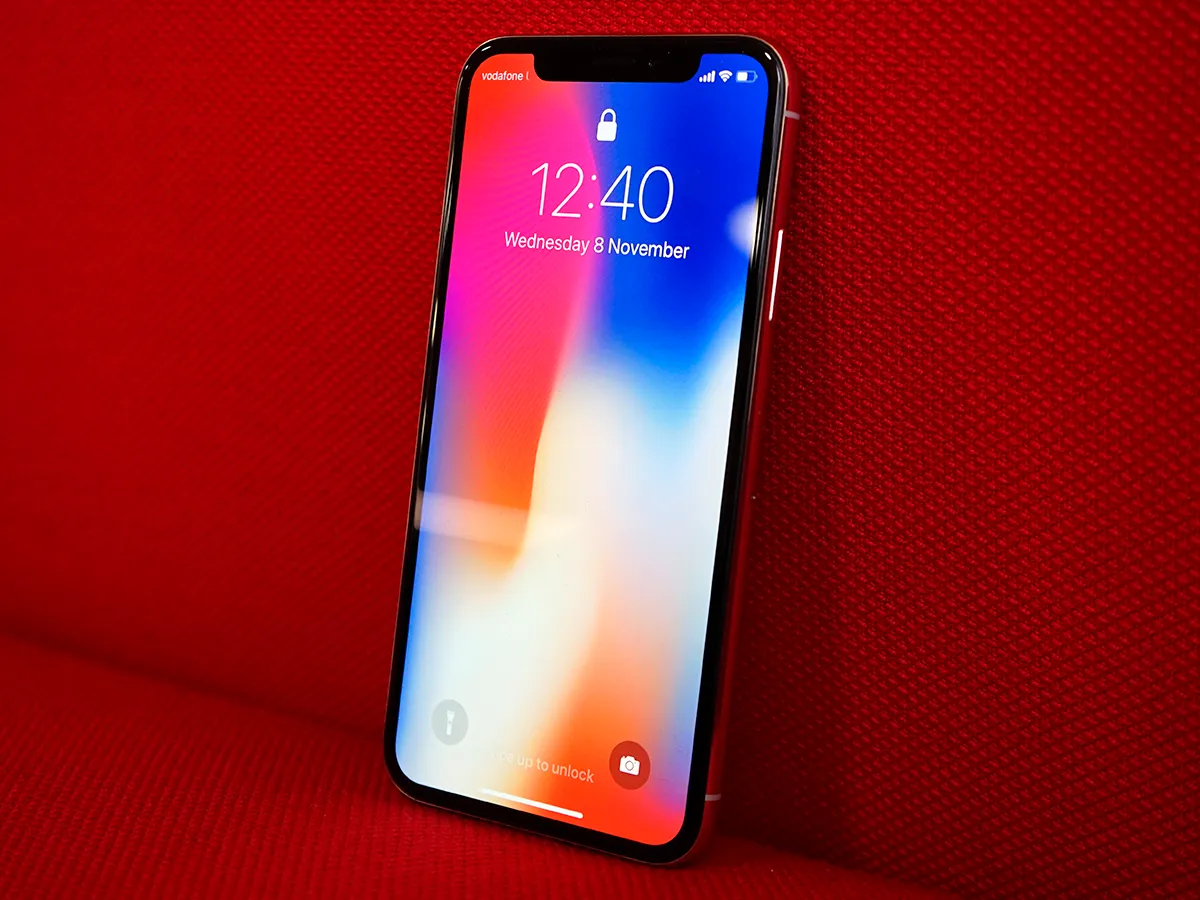
- Released: 2017
- Screen resolution: 1125 x 2436
- Camera resolution: 12MP, 7MP
- Charging port: Lightning
- Waterproof: IP68
It’s long since been dropped from the lineup, but we’re still absolutely wowed by the iPhone X, Apple’s big and long-overdue reinvention of its most famous creation.
Ditching the iconic home button (and Touch ID sensor) not only allowed for the gorgeous, full-frame OLED screen – aside from that notch, of course – but it also brought about navigational tweaks that quickly felt like second nature. Swiping up to return home or swiping sideways on the bottom bar to quickly swap between apps was fluid and comfortable, while iPhone X-clusive features like Face ID worked surprisingly well and the Animoji were goofy fun.
And on the outside, it was pure class: glass on both sides, stainless steel for the frame, and the most polish and precision that Apple had ever delivered with a handset. Granted, the $999/£999 price was way too much for the average buyer, which tempered our feelings just a tad. But there was little else to complain about with the iPhone’s ultimate form to date.
Also Read › Apple iPhone X review
2. iPhone
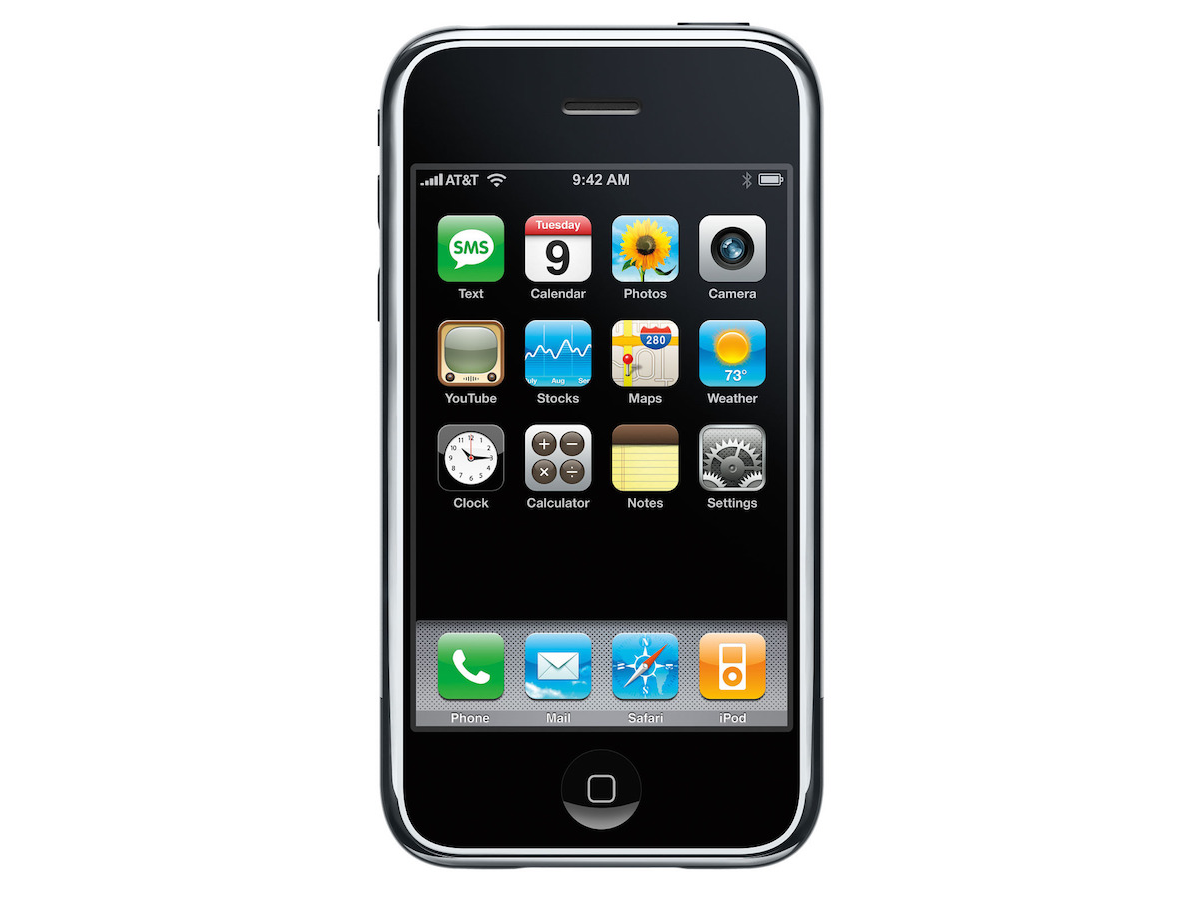
- Released: 2021
- Screen resolution: 320 x 480
- Camera resolution: 2MP
- Charging port: 30-pin
- Waterproof: No
The original iPhone changed everything, ushering in an era of touch devices that has resulted in billions of modern smartphones and tablets sold around the world. It’s difficult for us to overstate the importance of the first iPhone. Without it, where would phones be today? Surely, someone else would have sorted a capacitive touchscreen phone before long, but would it have been with anywhere near the quality that Apple showed right out of the gate?
Ranking this phone was our most difficult task, given its status. We knew it had to be near the top of the list, but considering all of the aspects in play here, we had to give the honours to another device…
Also Read › Our original Apple iPhone review
1. iPhone 5
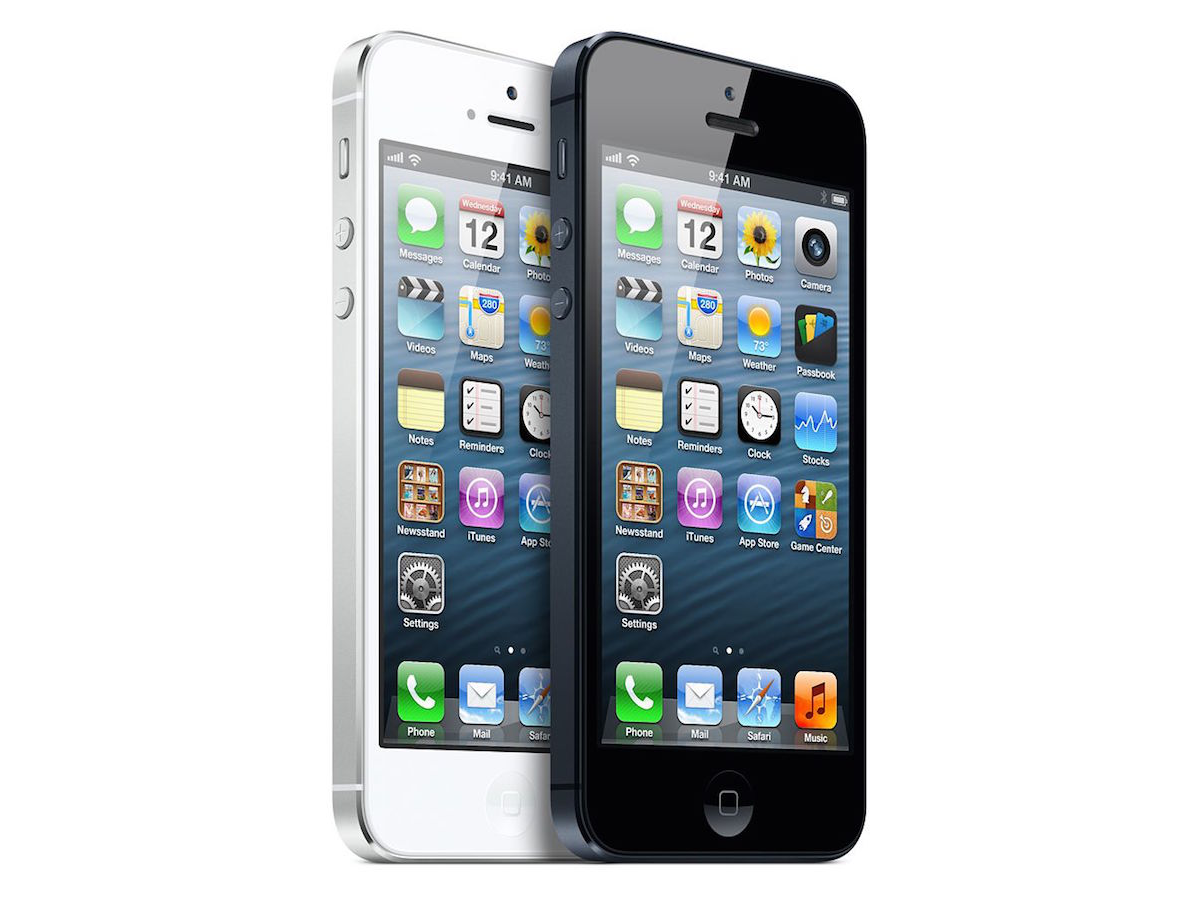
- Released: 2012
- Screen resolution: 640 x 1136
- Camera resolution: 8MP
- Charging port: Lightning
- Waterproof: No
And that device is the iPhone 5. Why? Well, for our money, it’s the last iPhone that truly wowed us with its debut (before the iPhone X rolled around), and it showed Apple at the top of its smartphone game. The iPhone 5 is gorgeously designed, thinning the sharp iPhone 4 build to a stunning degree while thankfully extending the display to proper widescreen dimensions and a 4in size.
Crucially, it’s also where Apple embraced long-overdue LTE support, finally giving users the network speed to appreciate that great Retina display and the wonderful App Store selection. It was the iPhone that sorted our biggest lingering complaints in nearly every significant way and felt like a nearly complete package.
Sure, iOS 6 felt a little dated by that point, and Apple’s Maps was a mess at launch; those bits can’t be ignored. But otherwise? Considering the overall quality of the device, the upgrades from the prior models, and the competition at the time, we think the iPhone 5 holds up best all around.
Also Read › Apple iPhone 5 review



